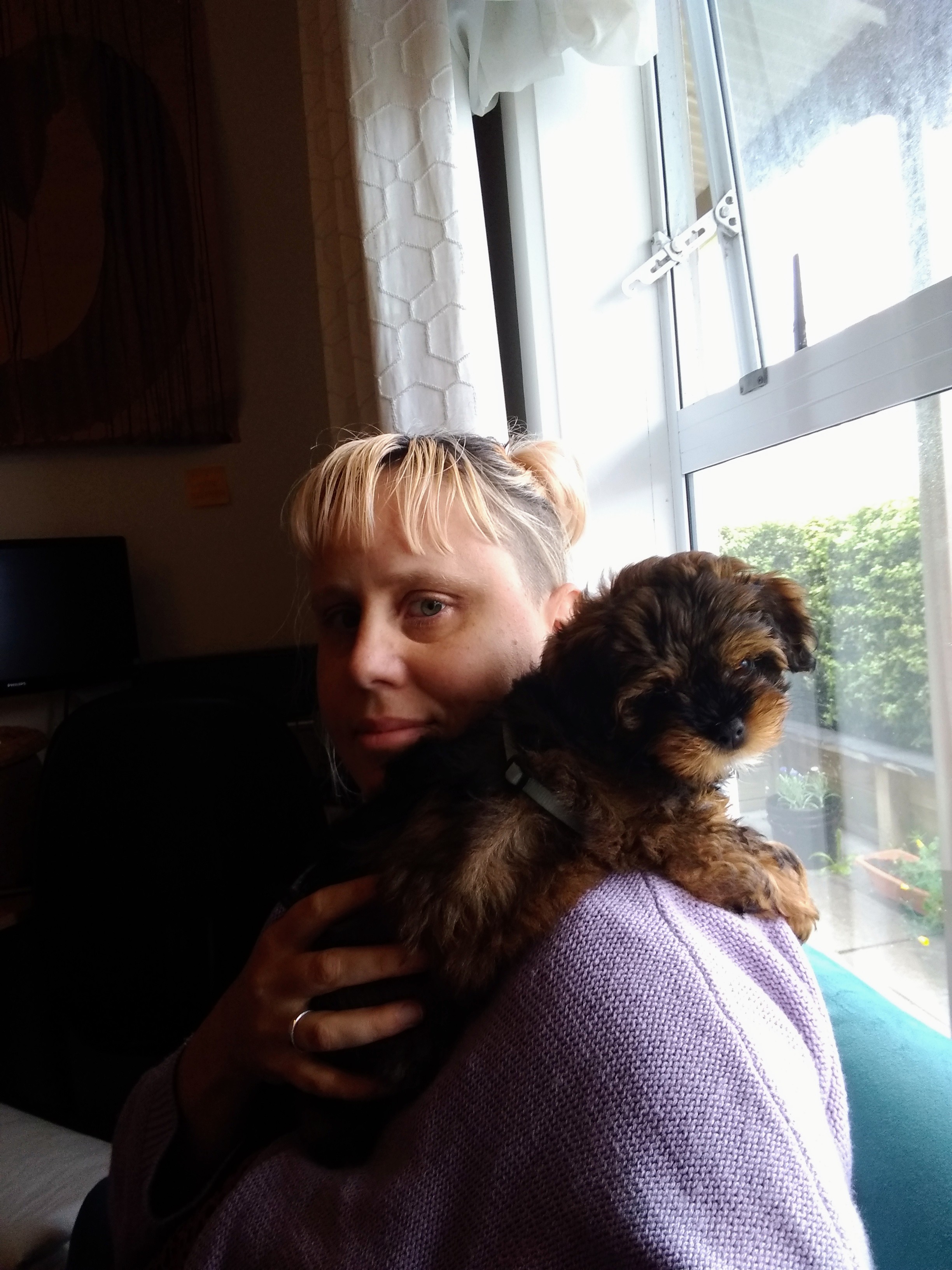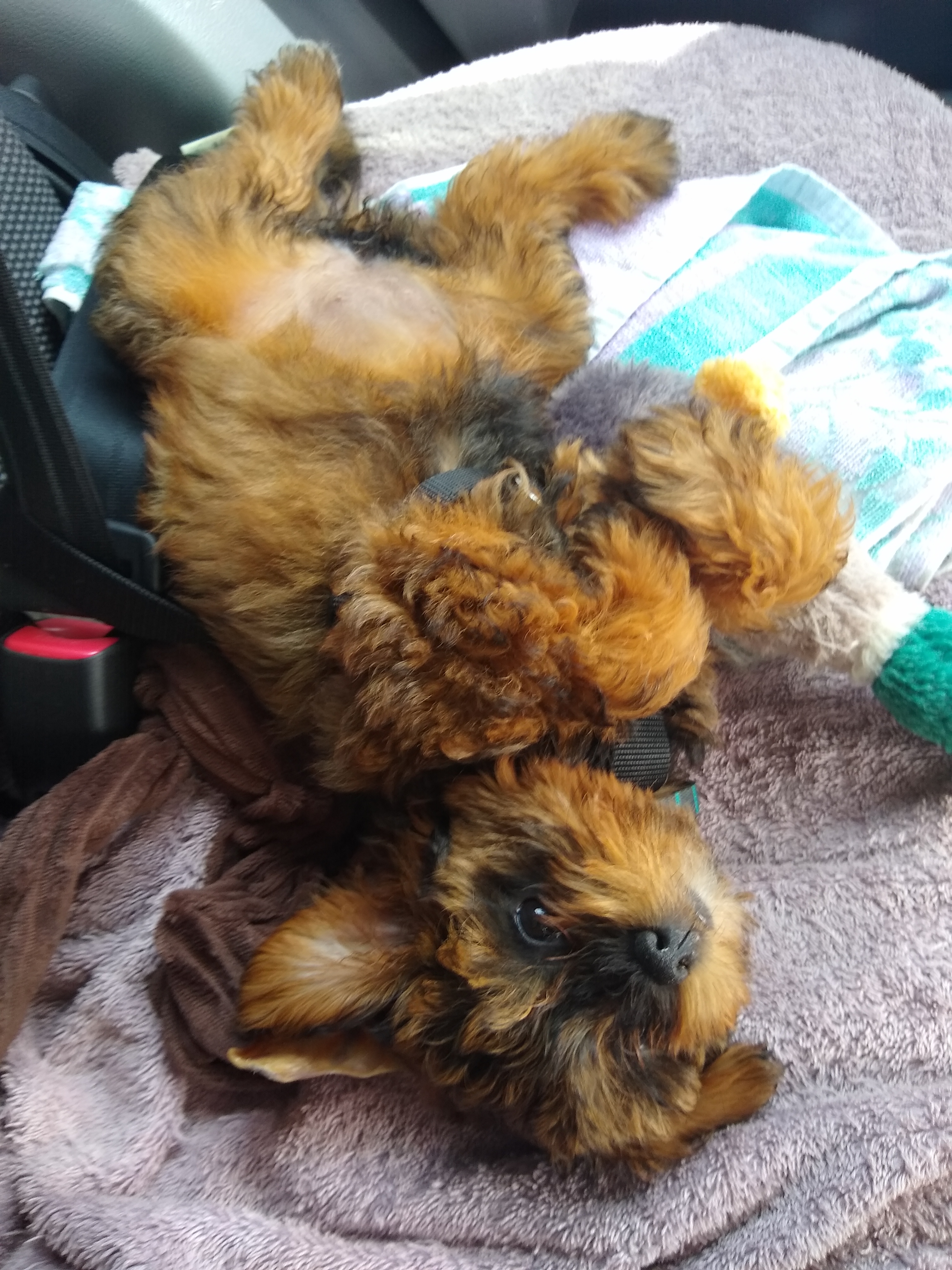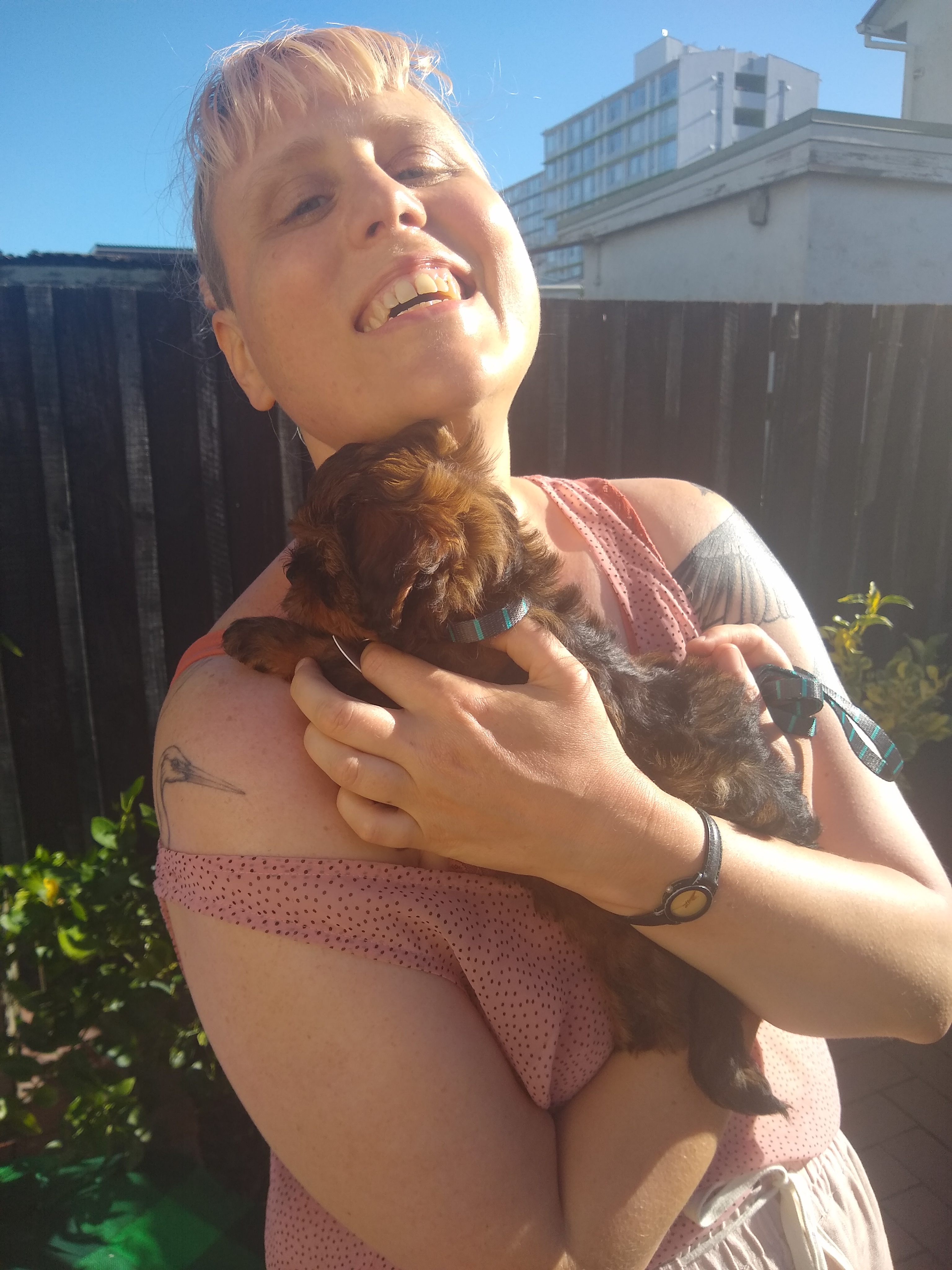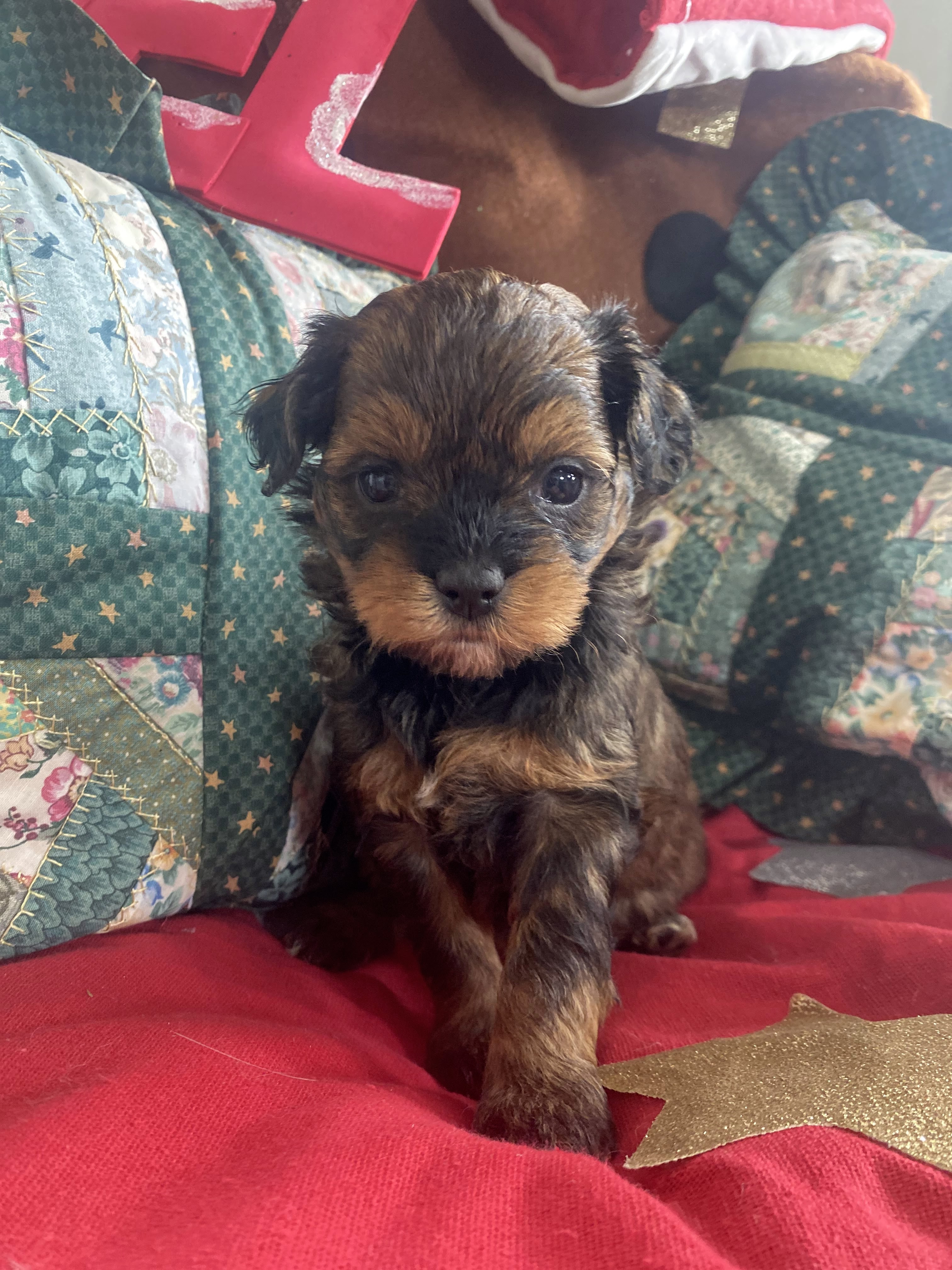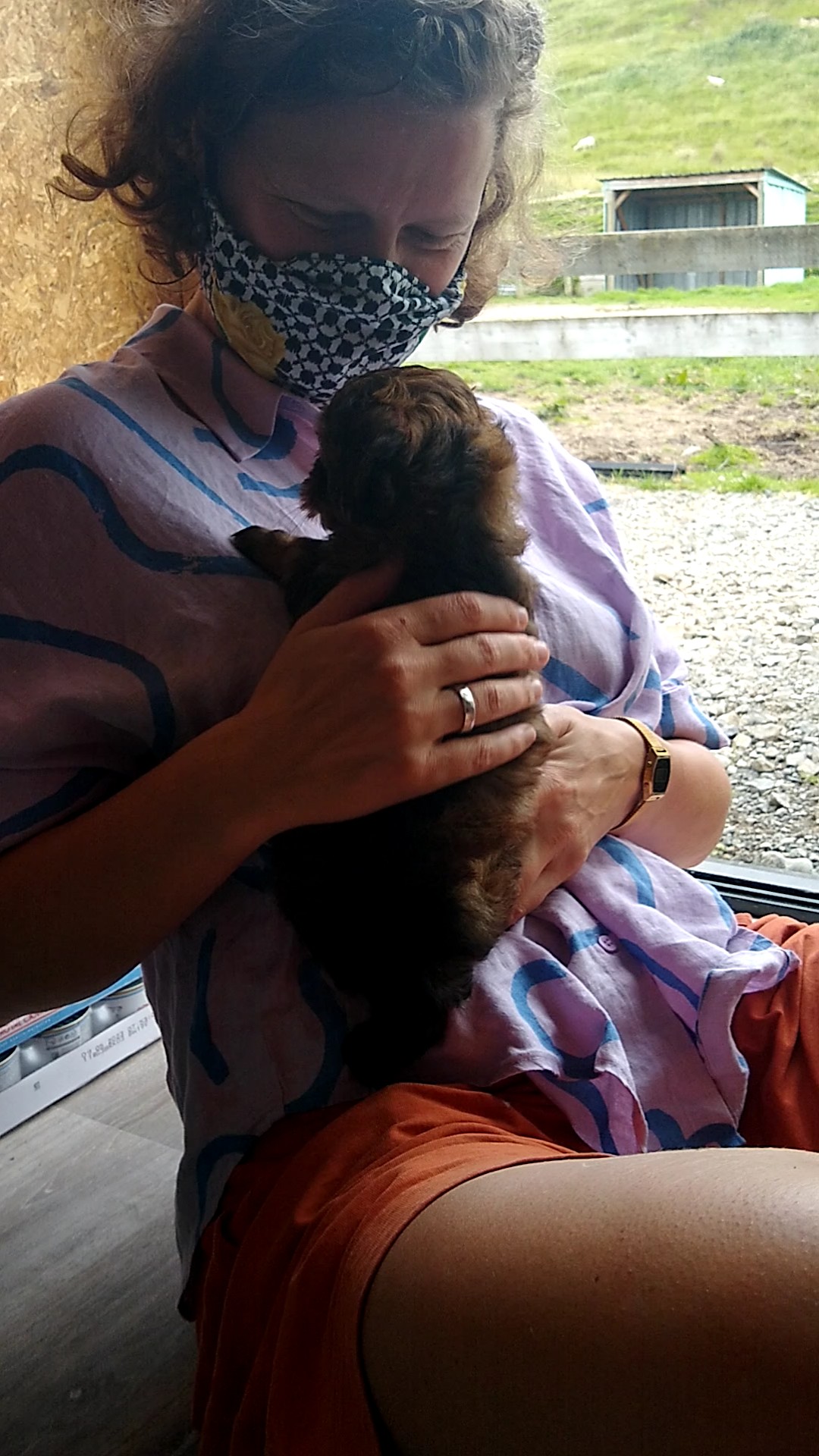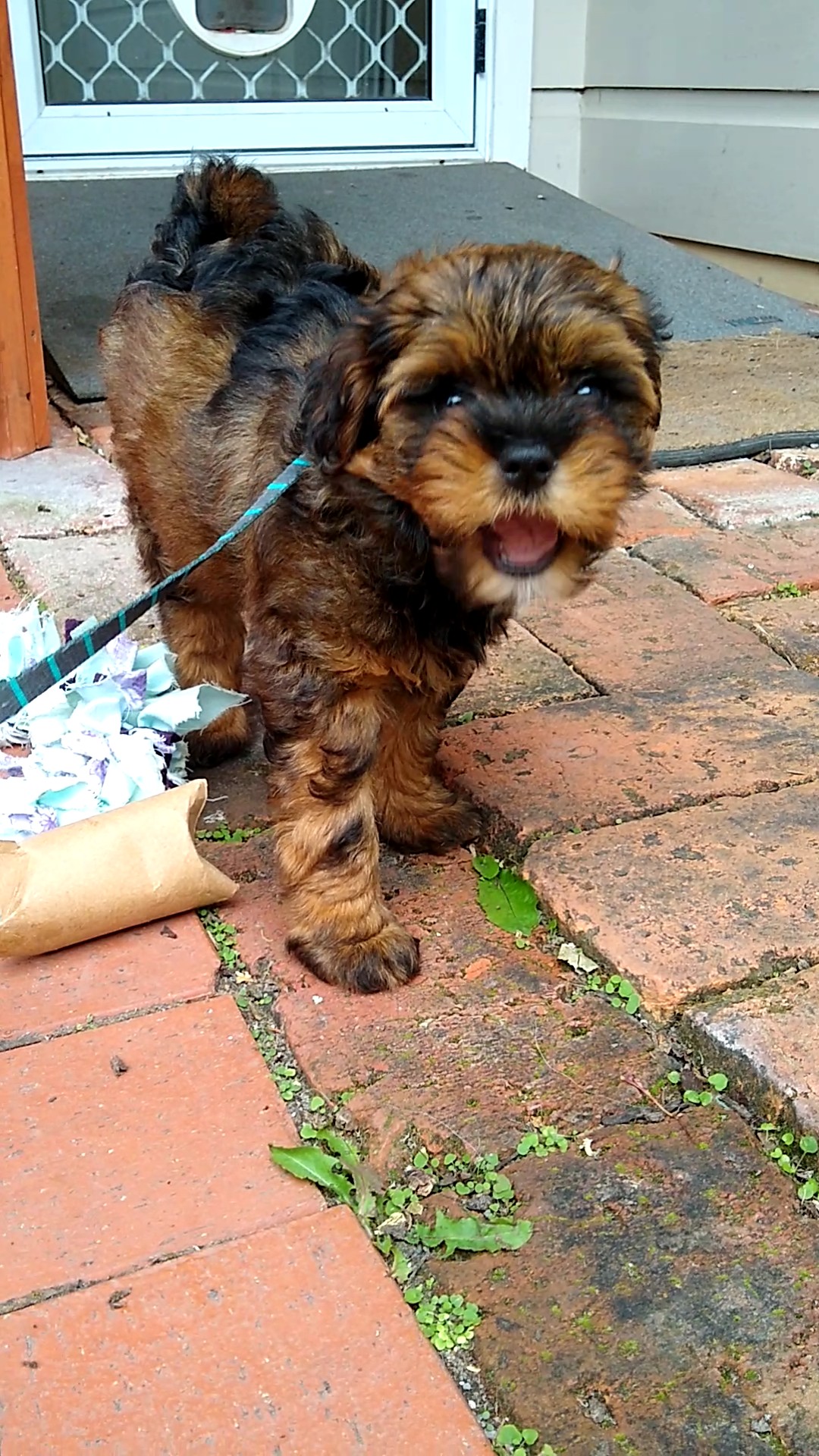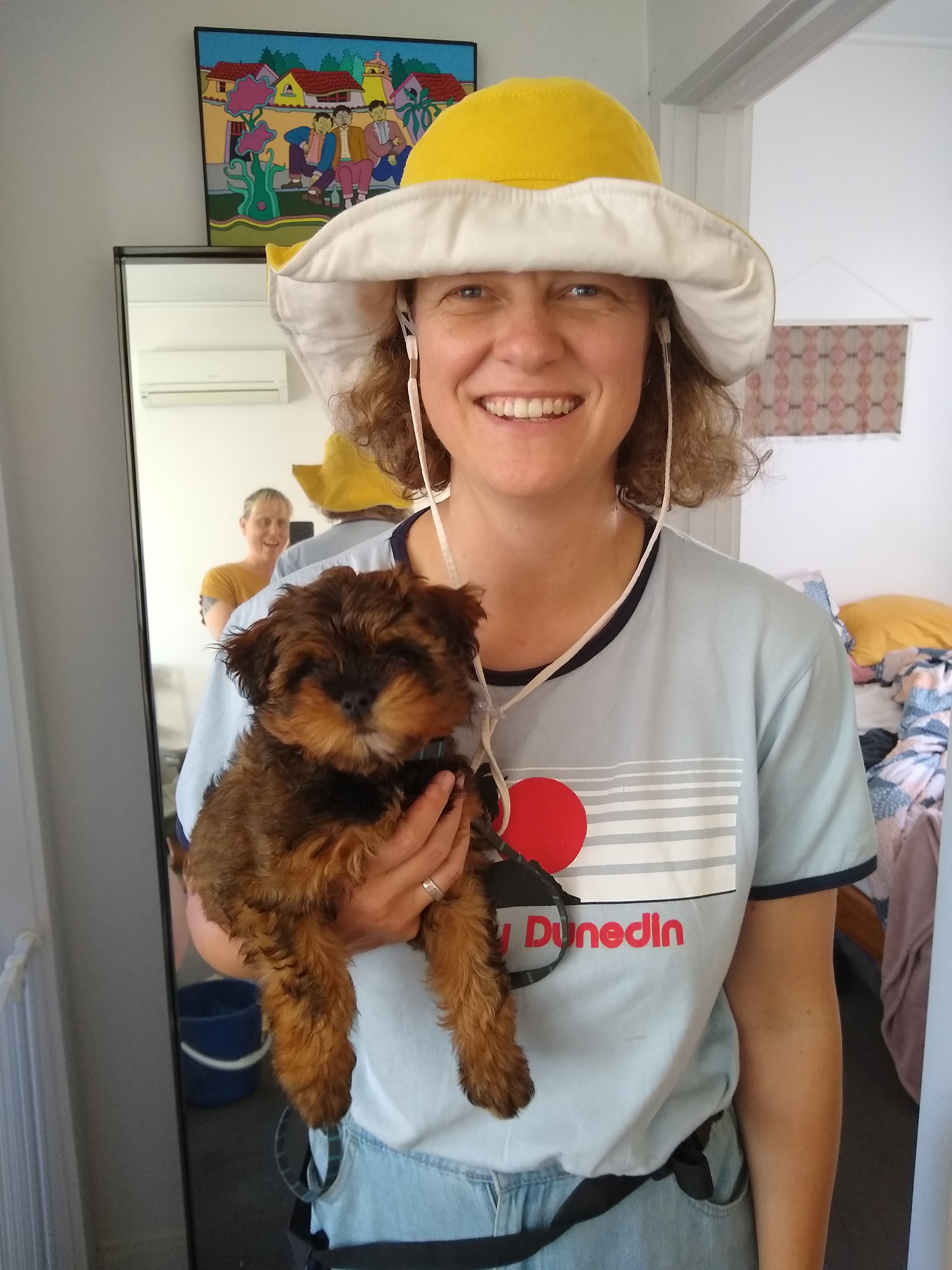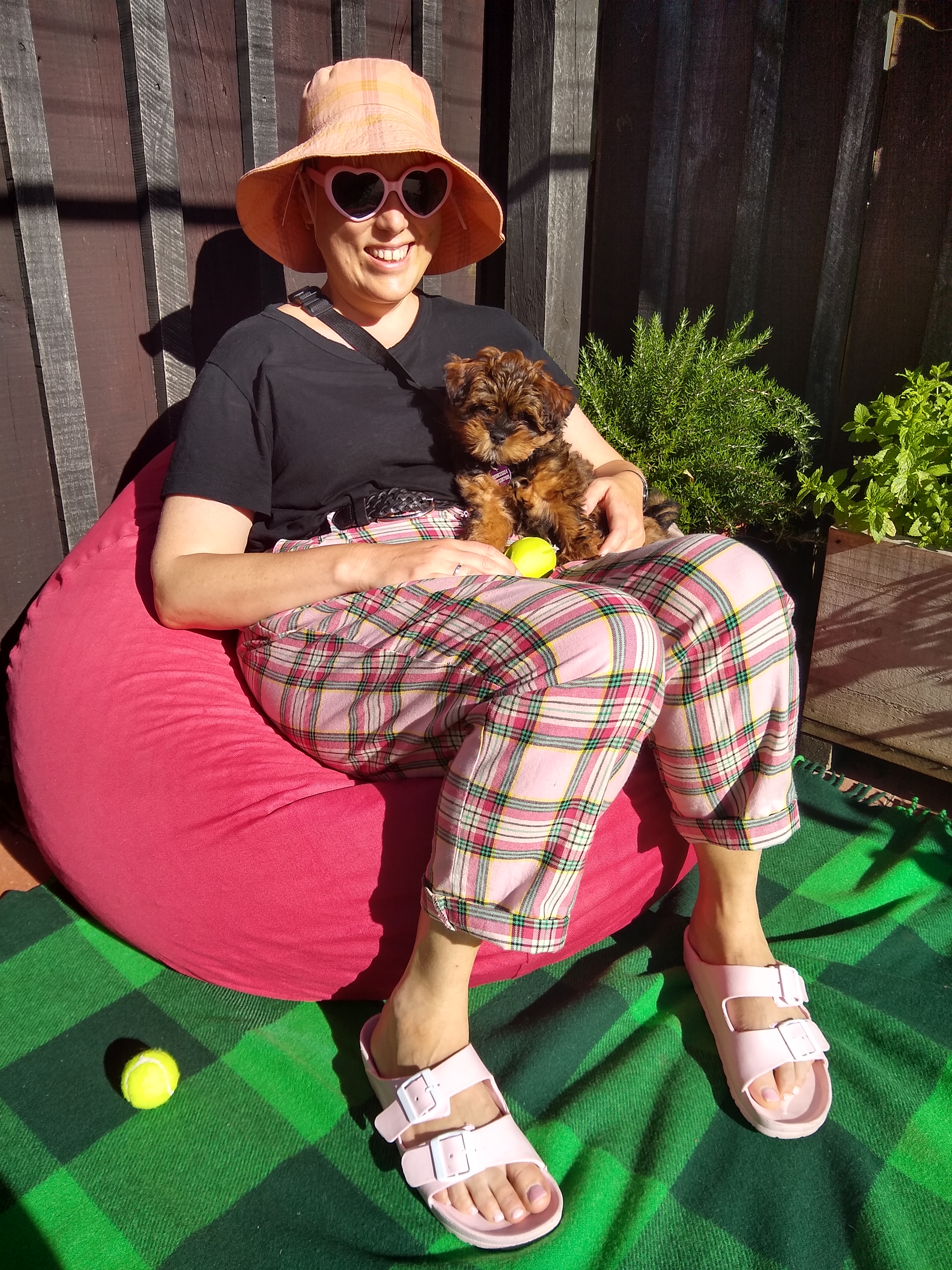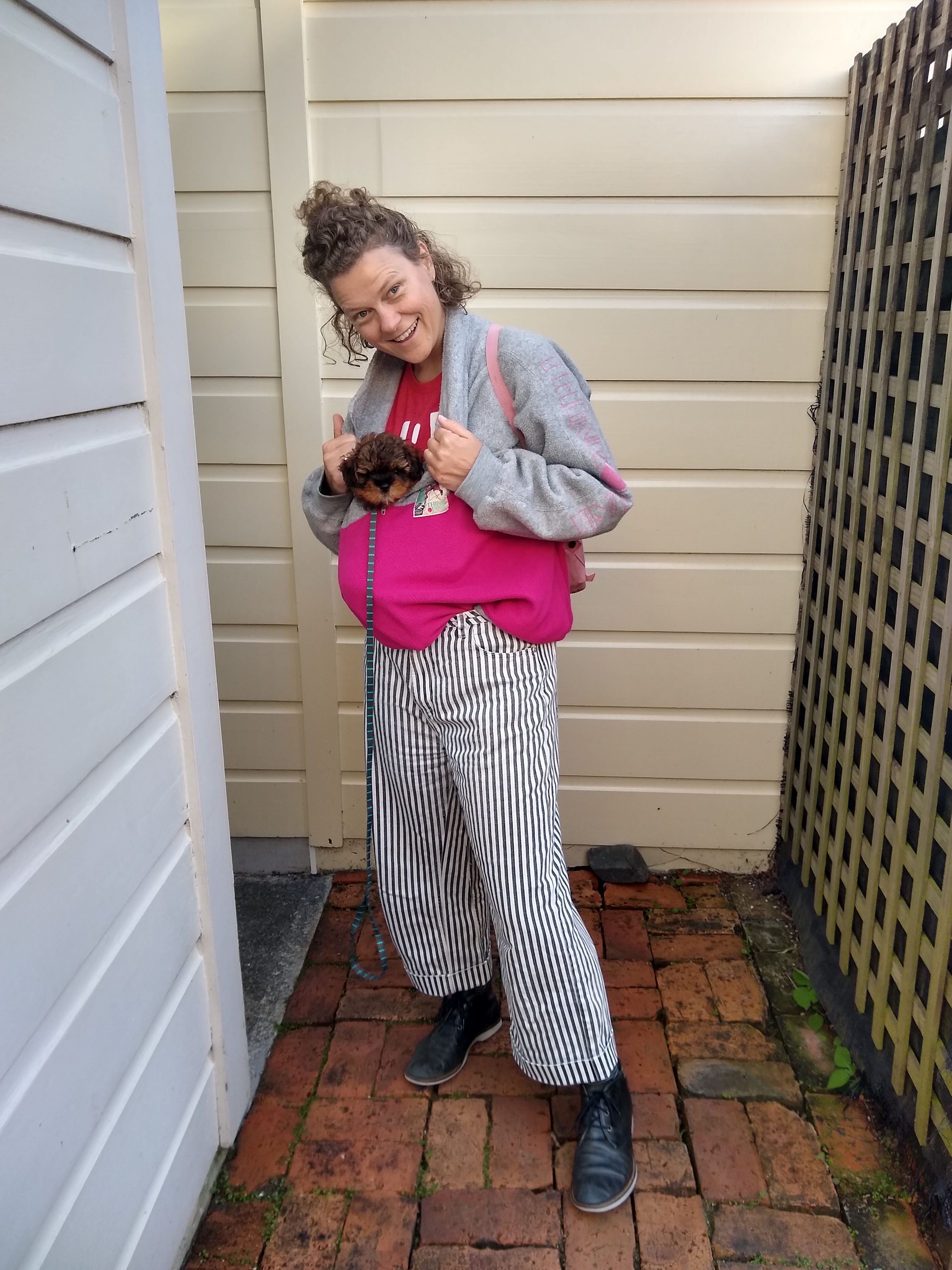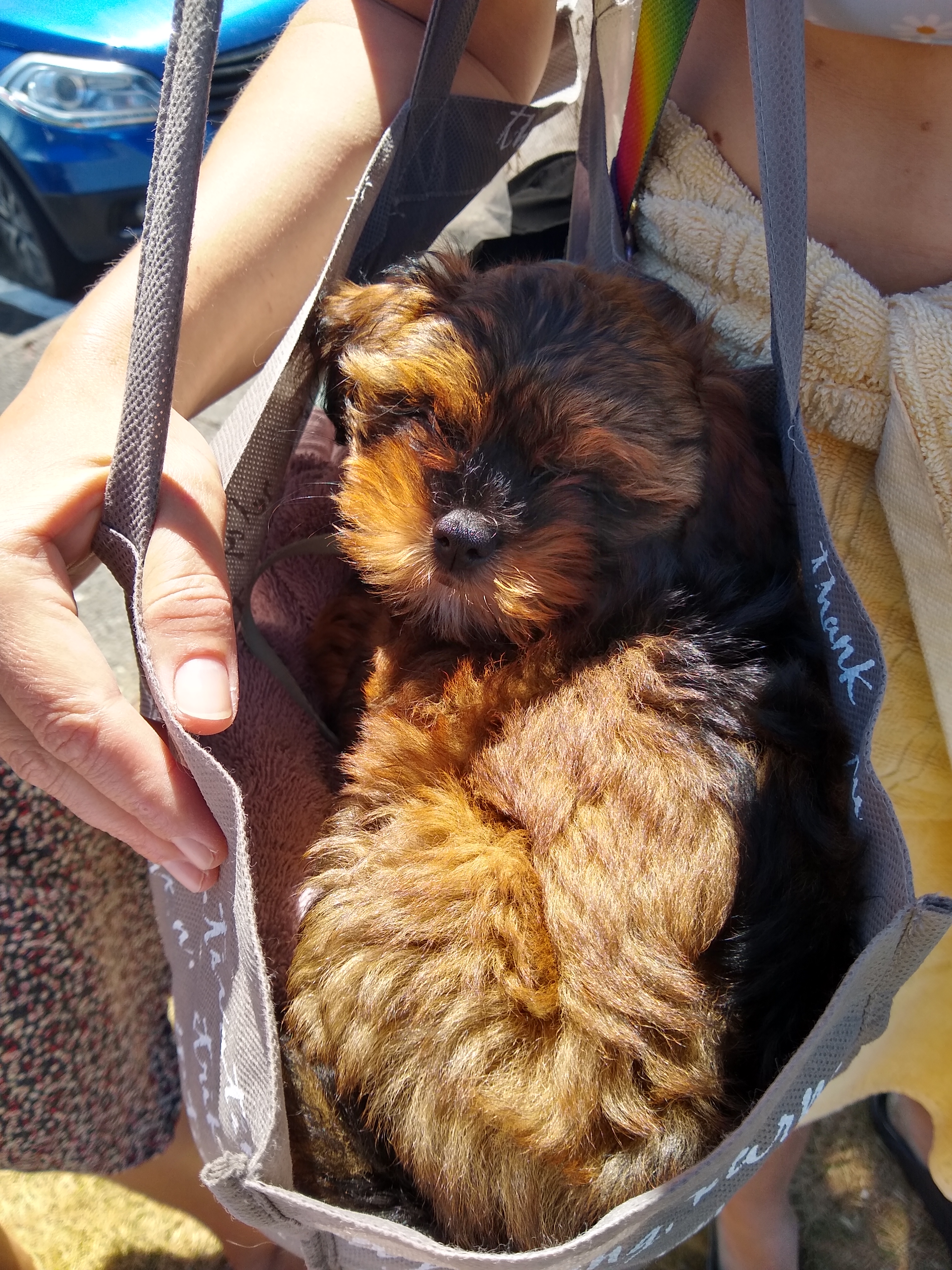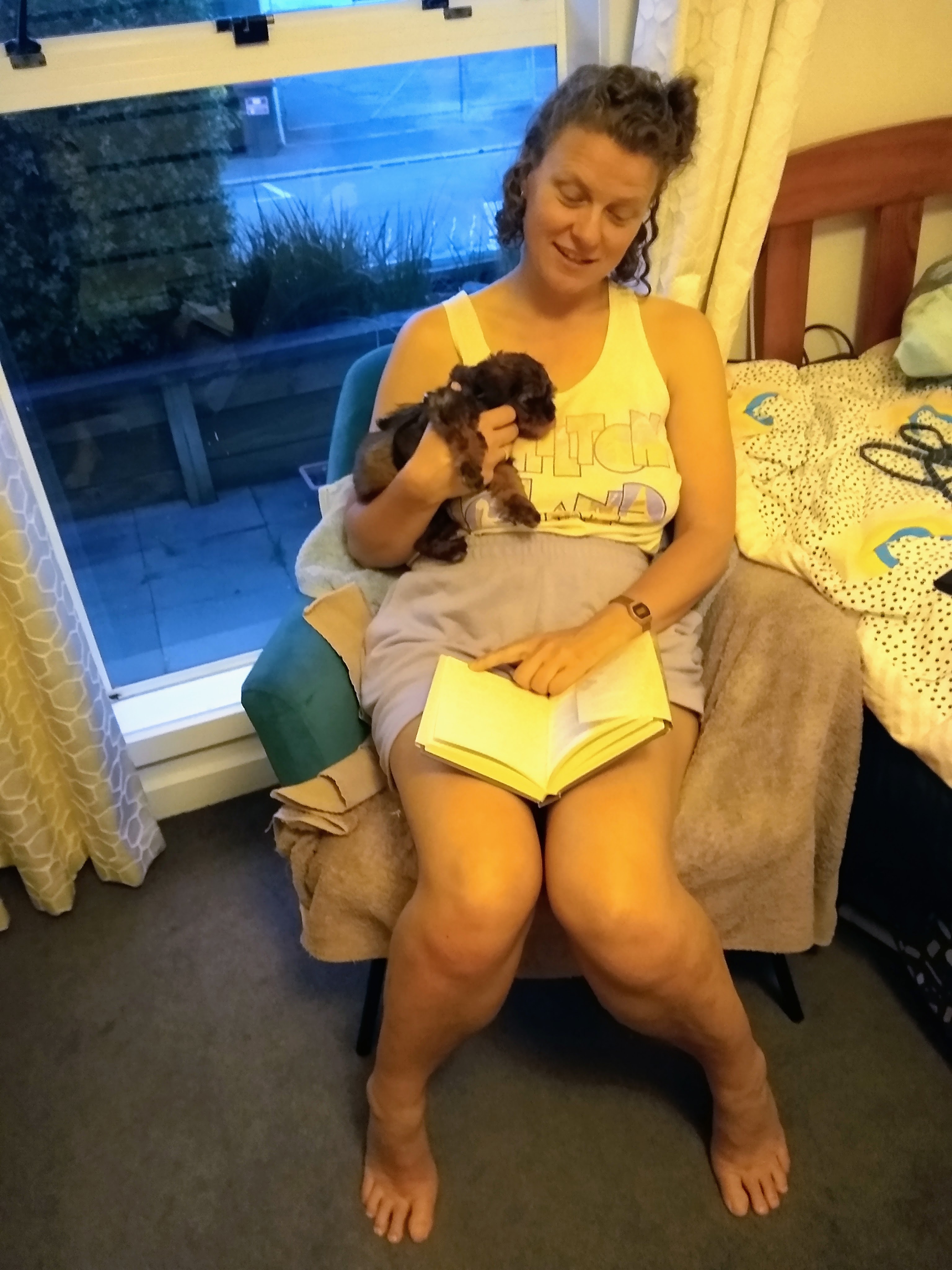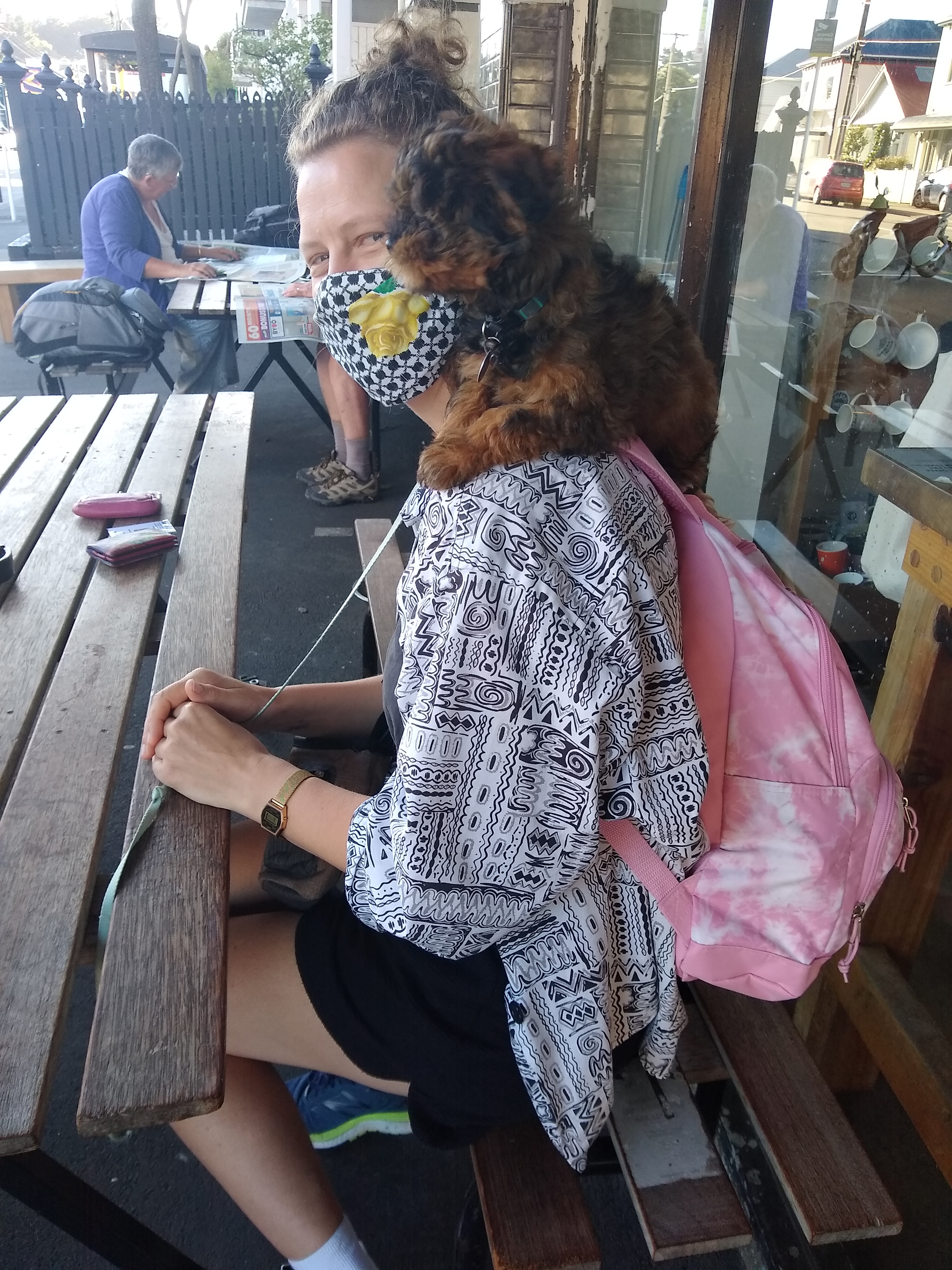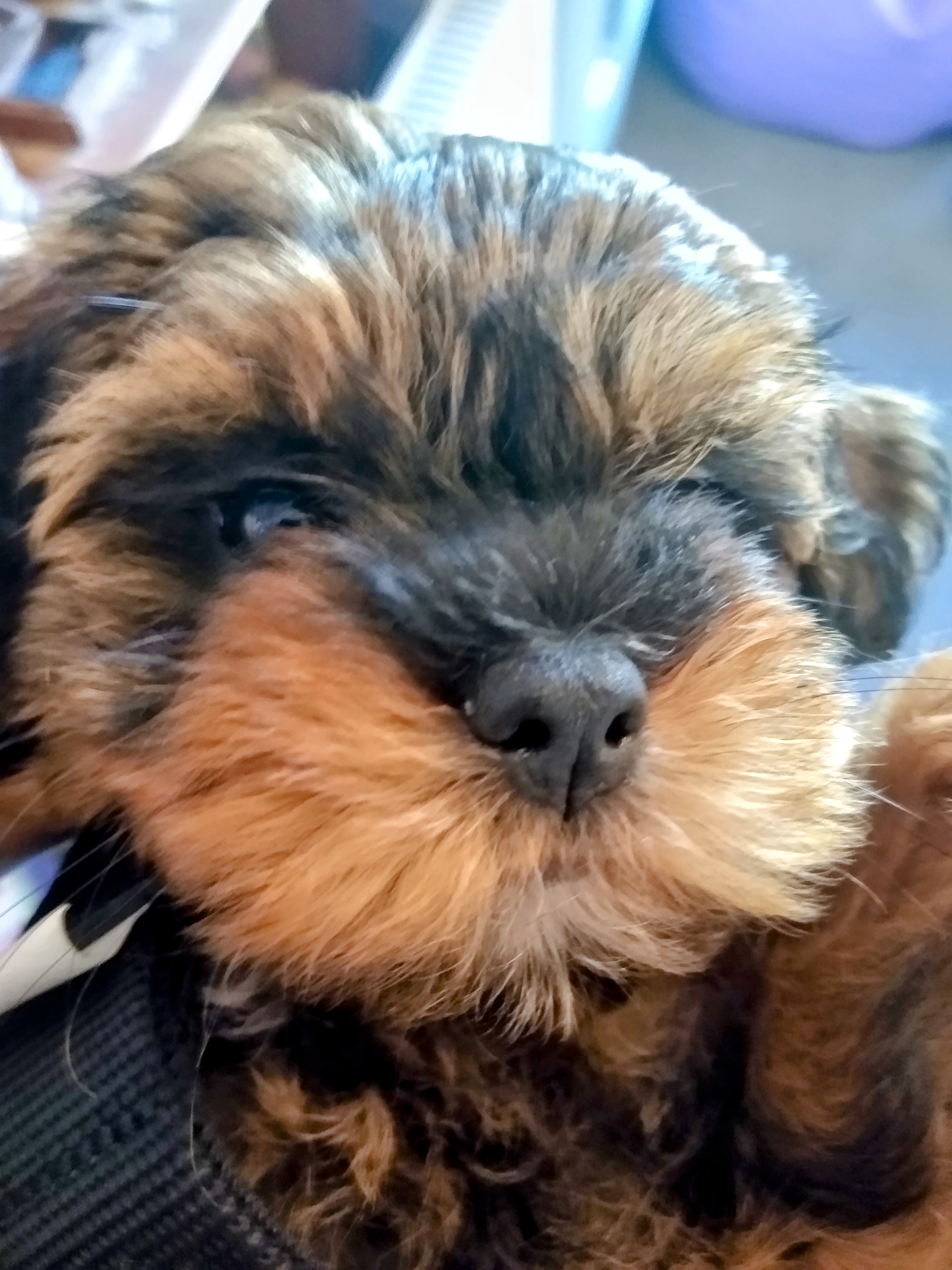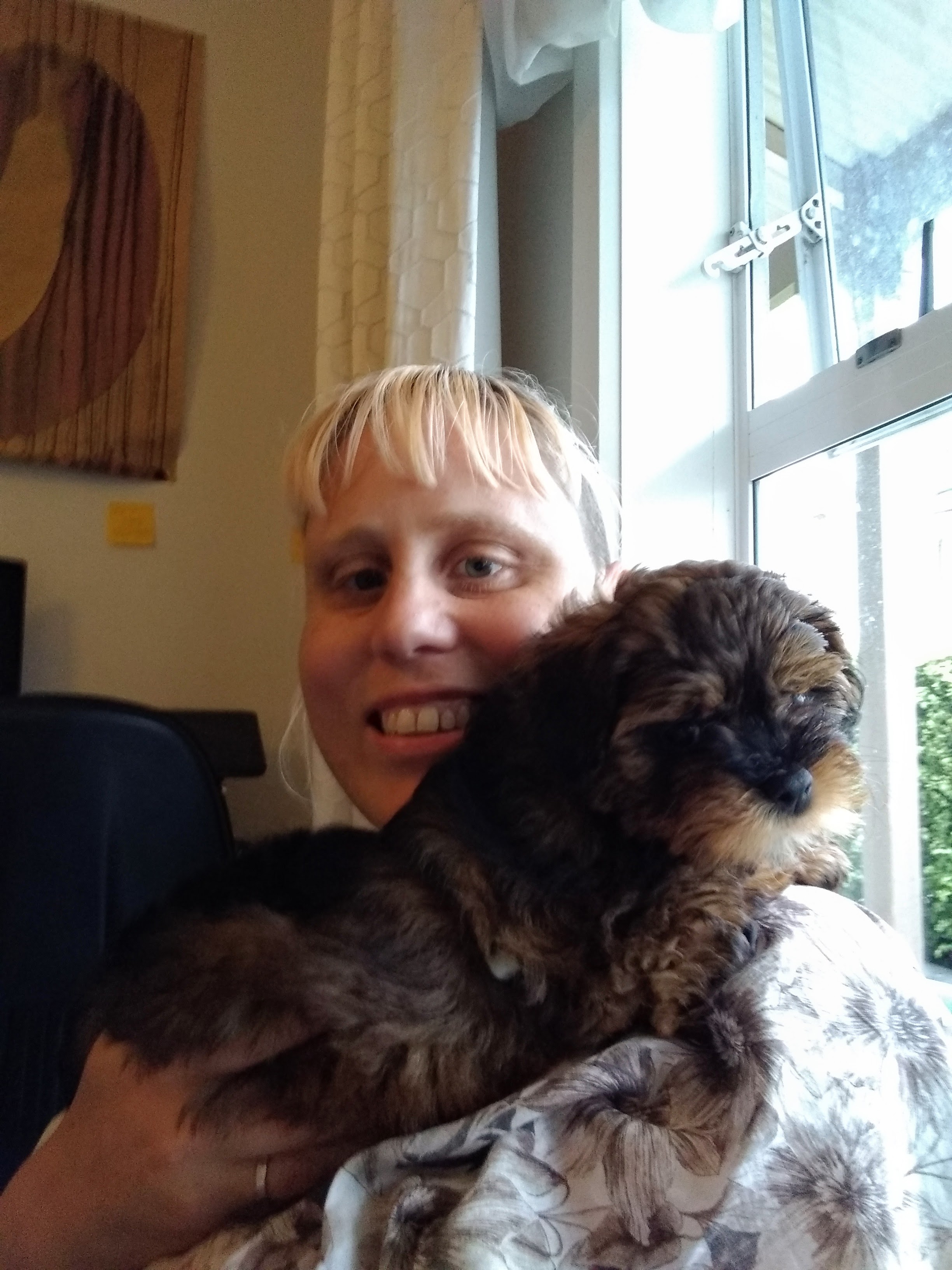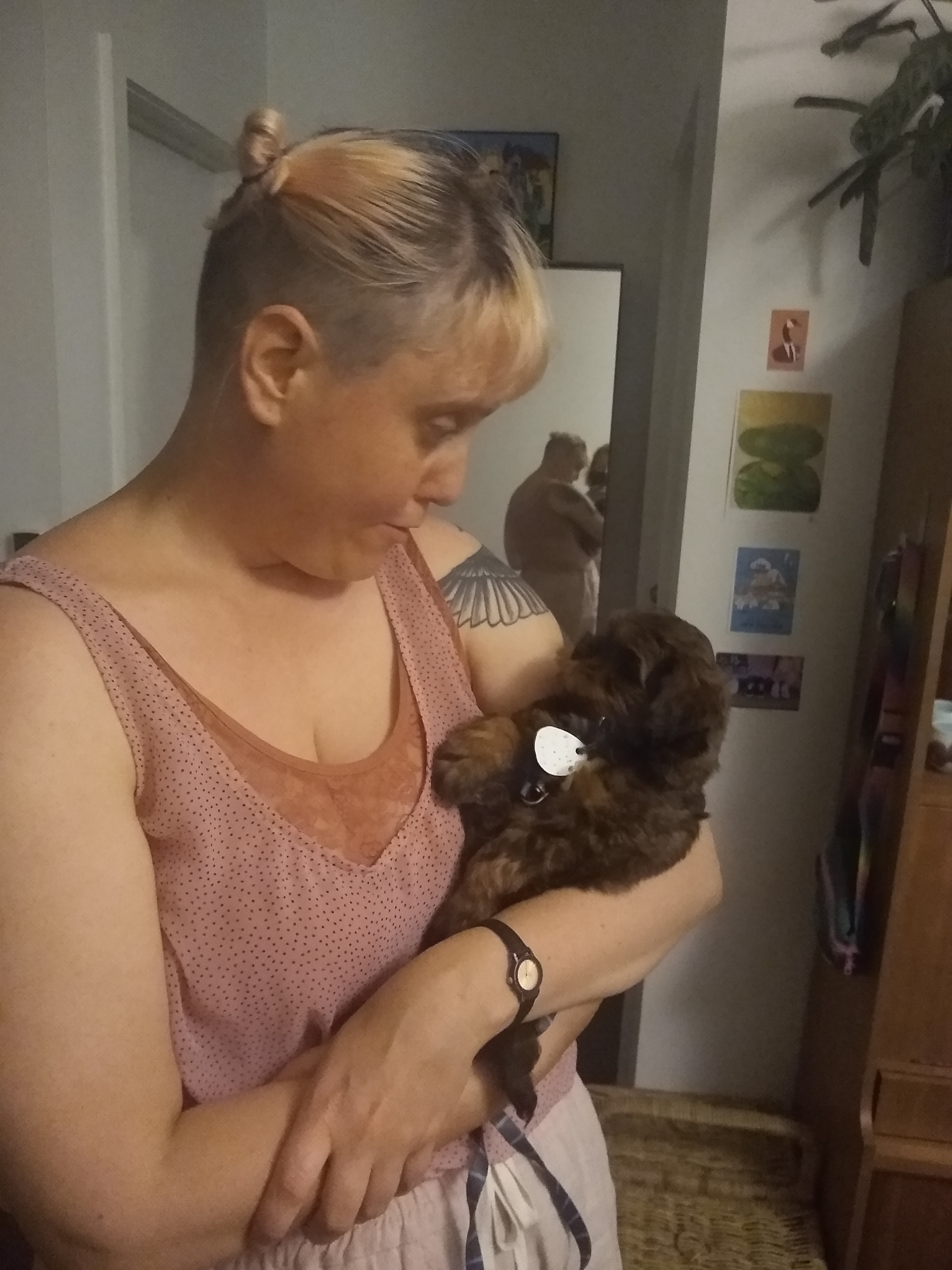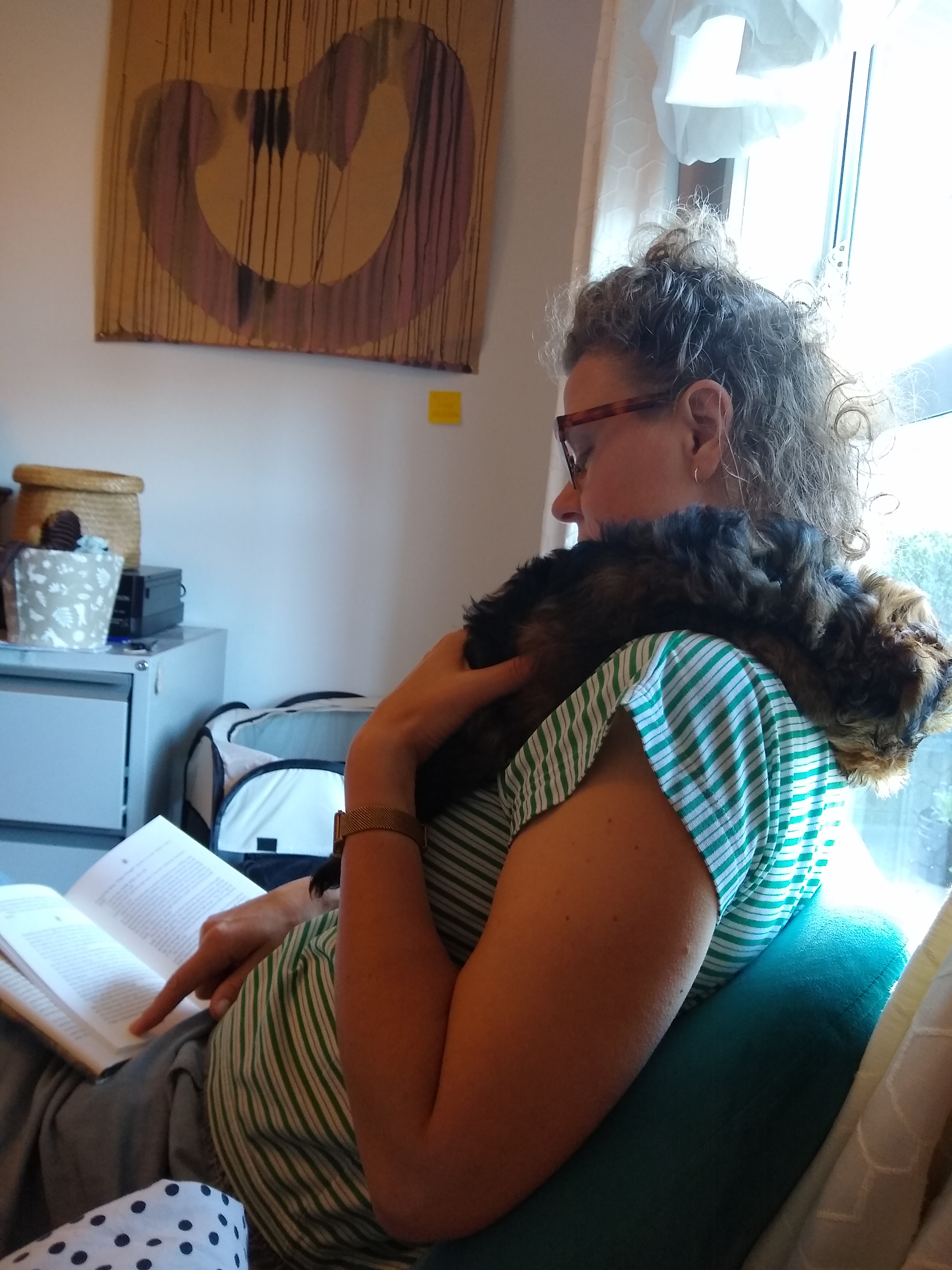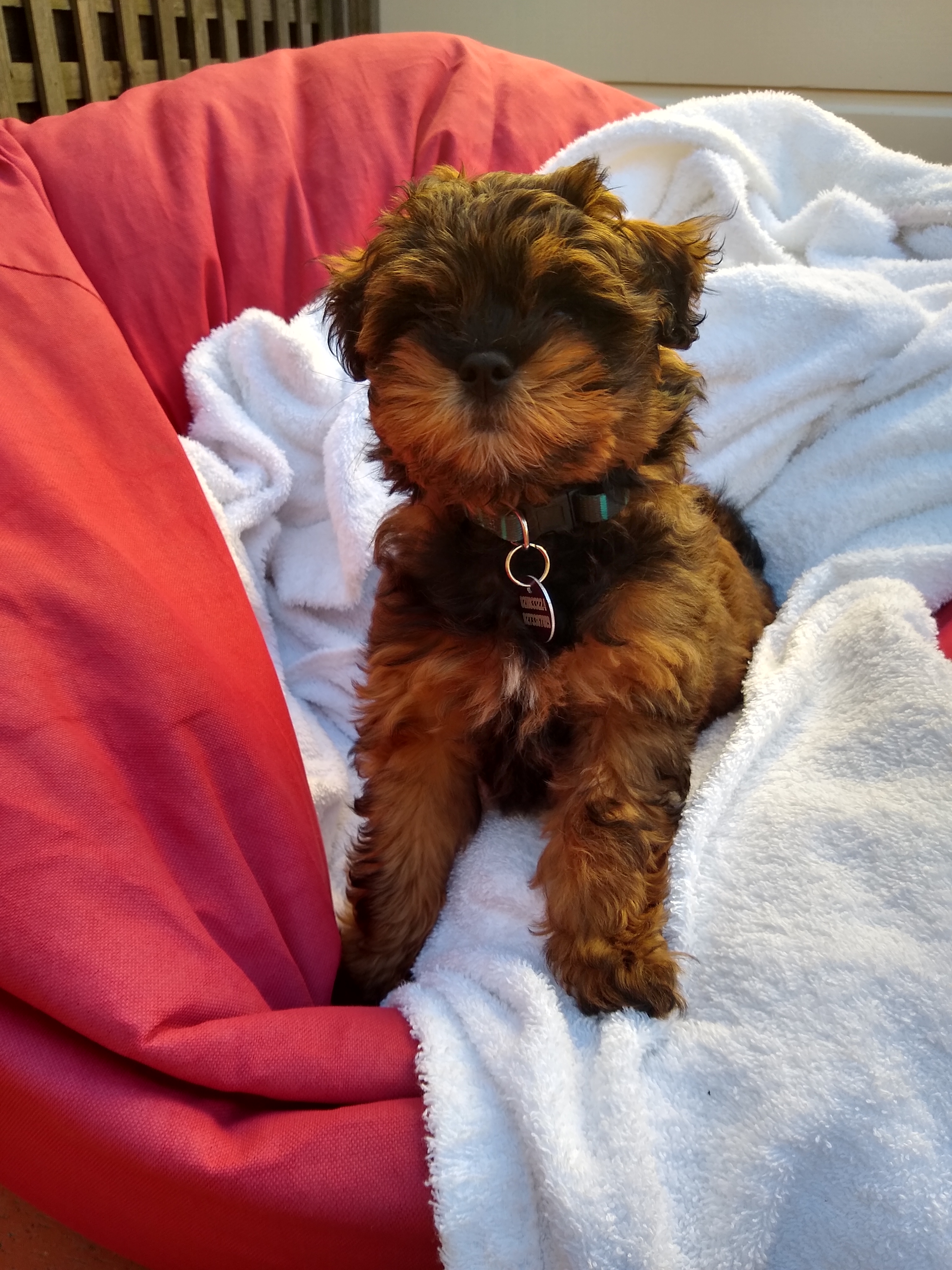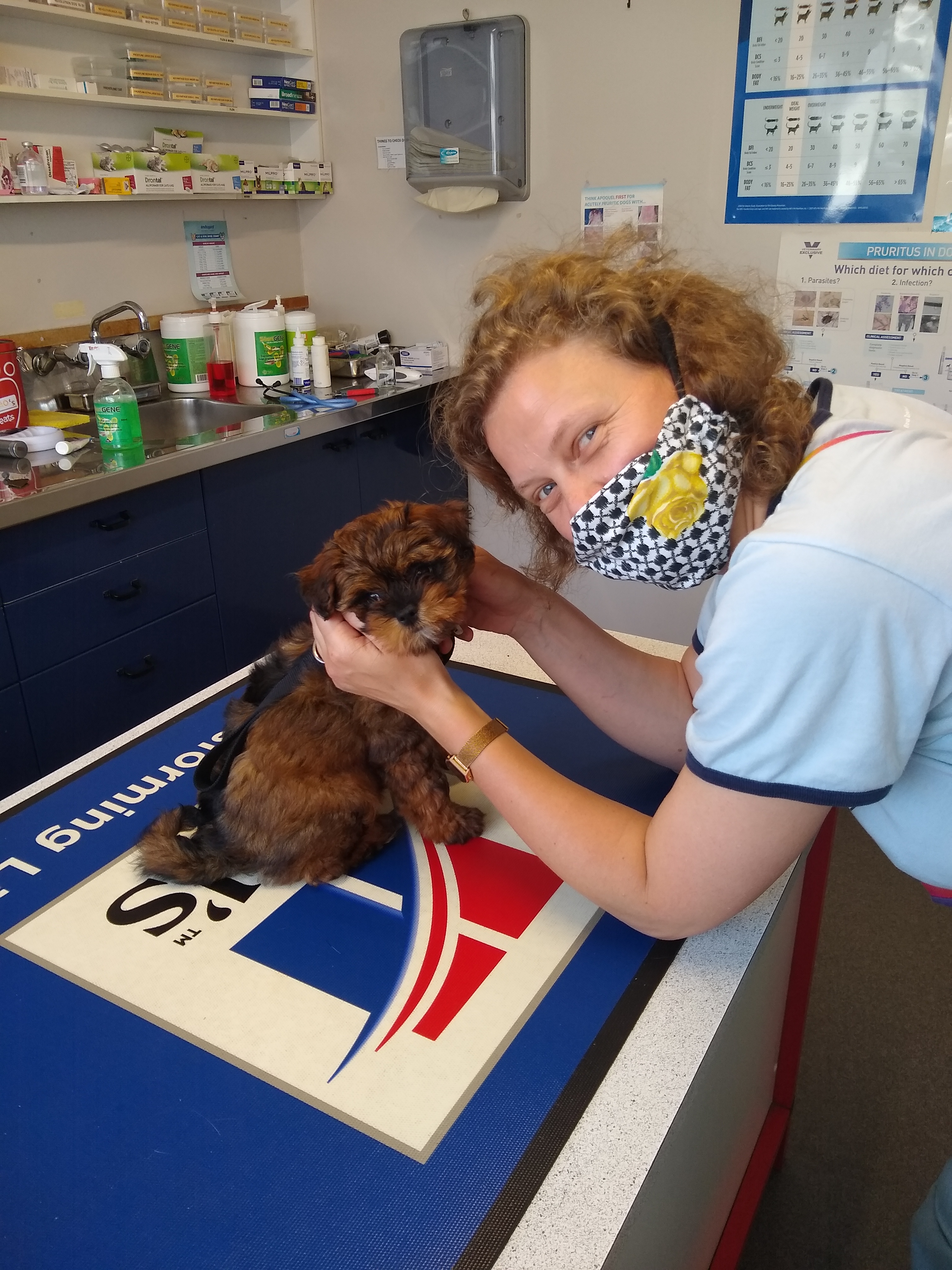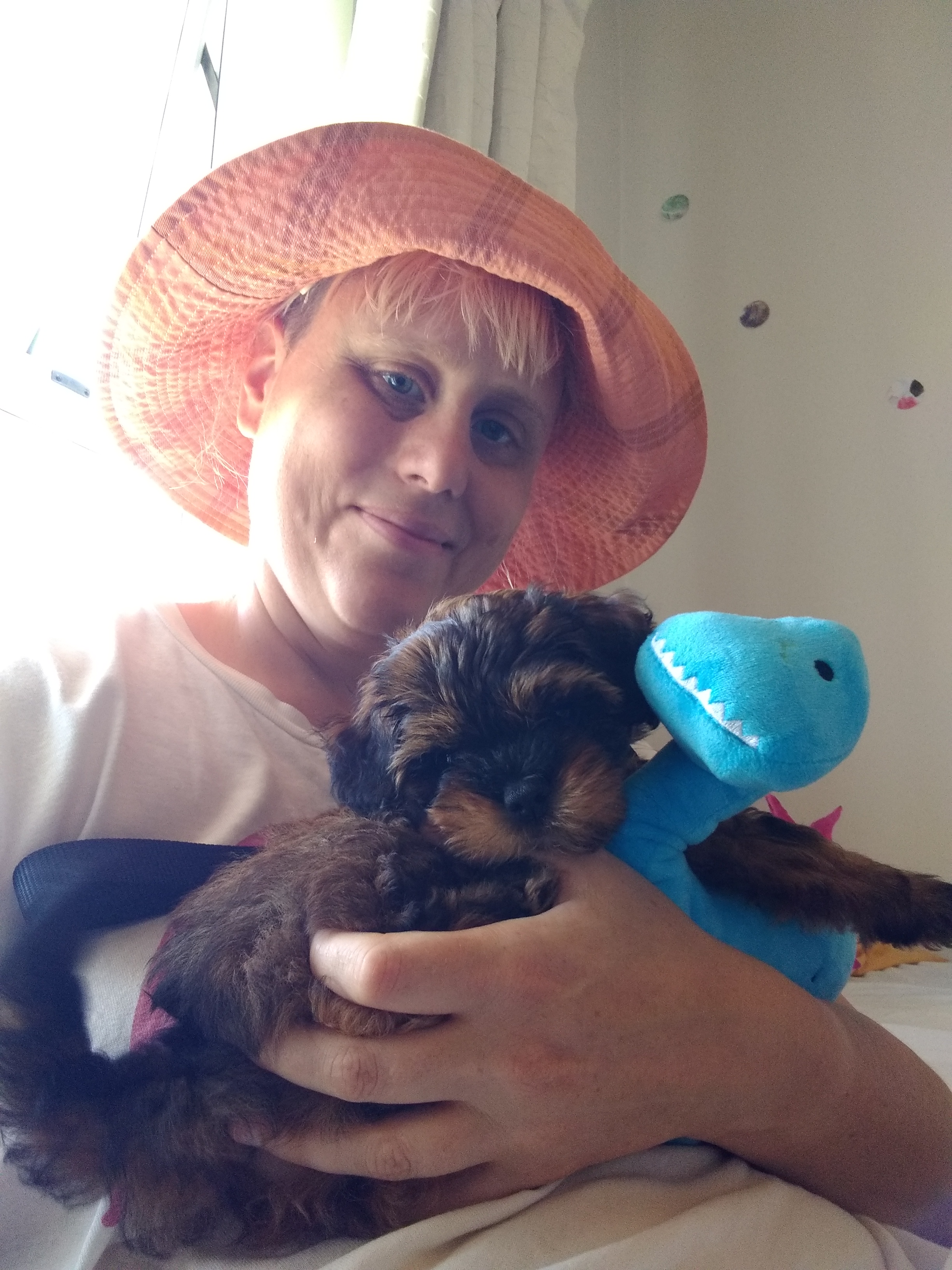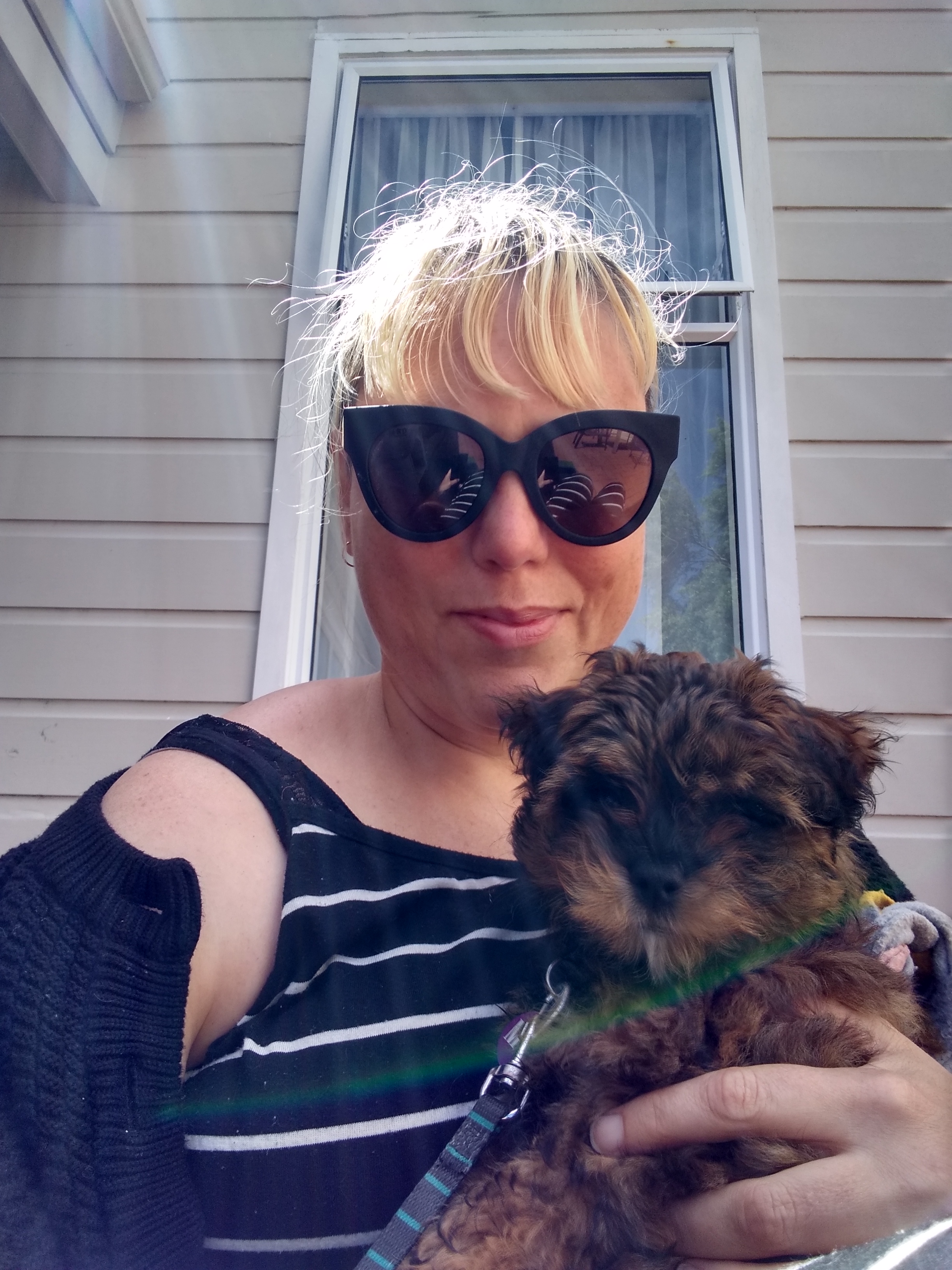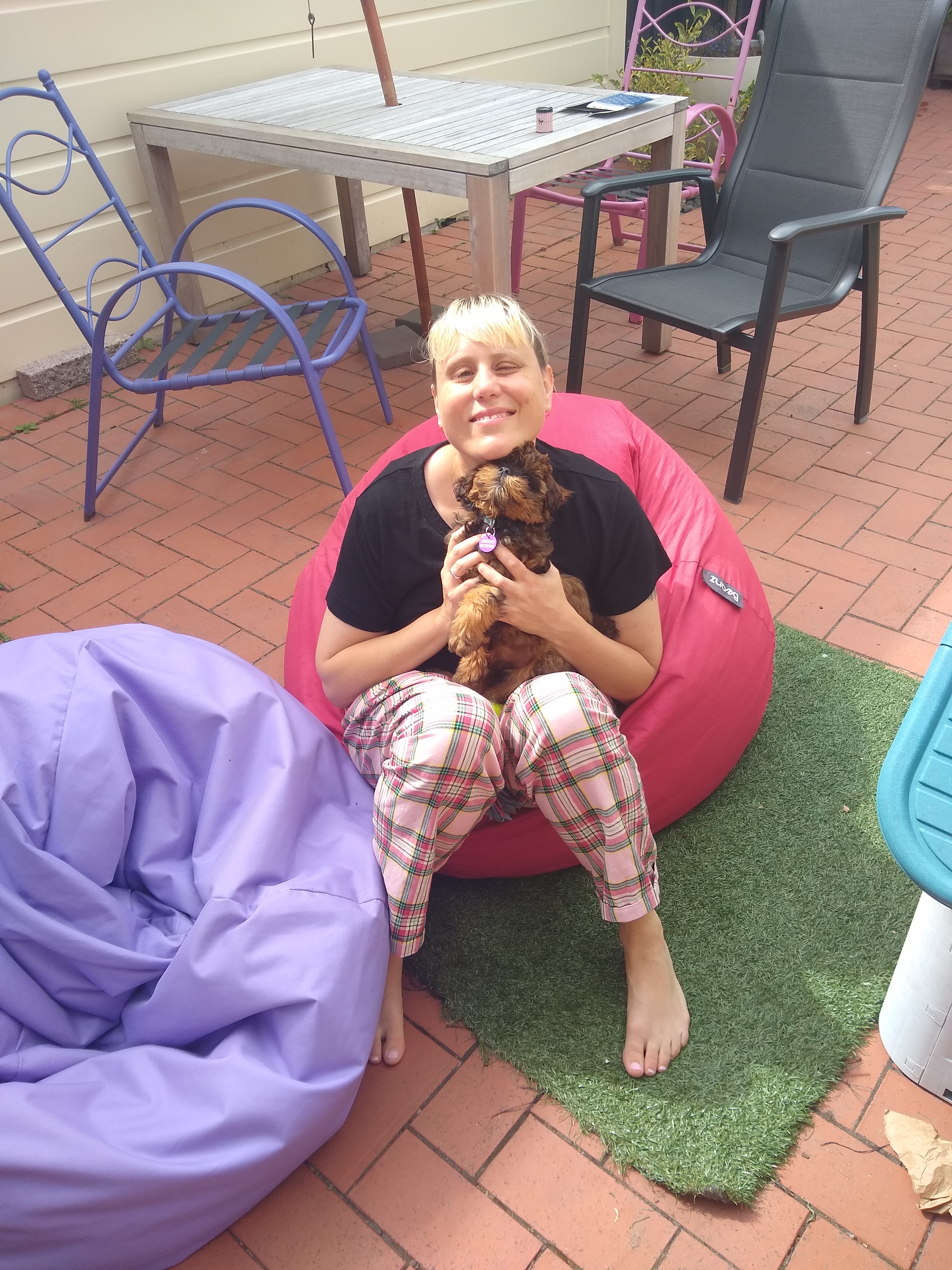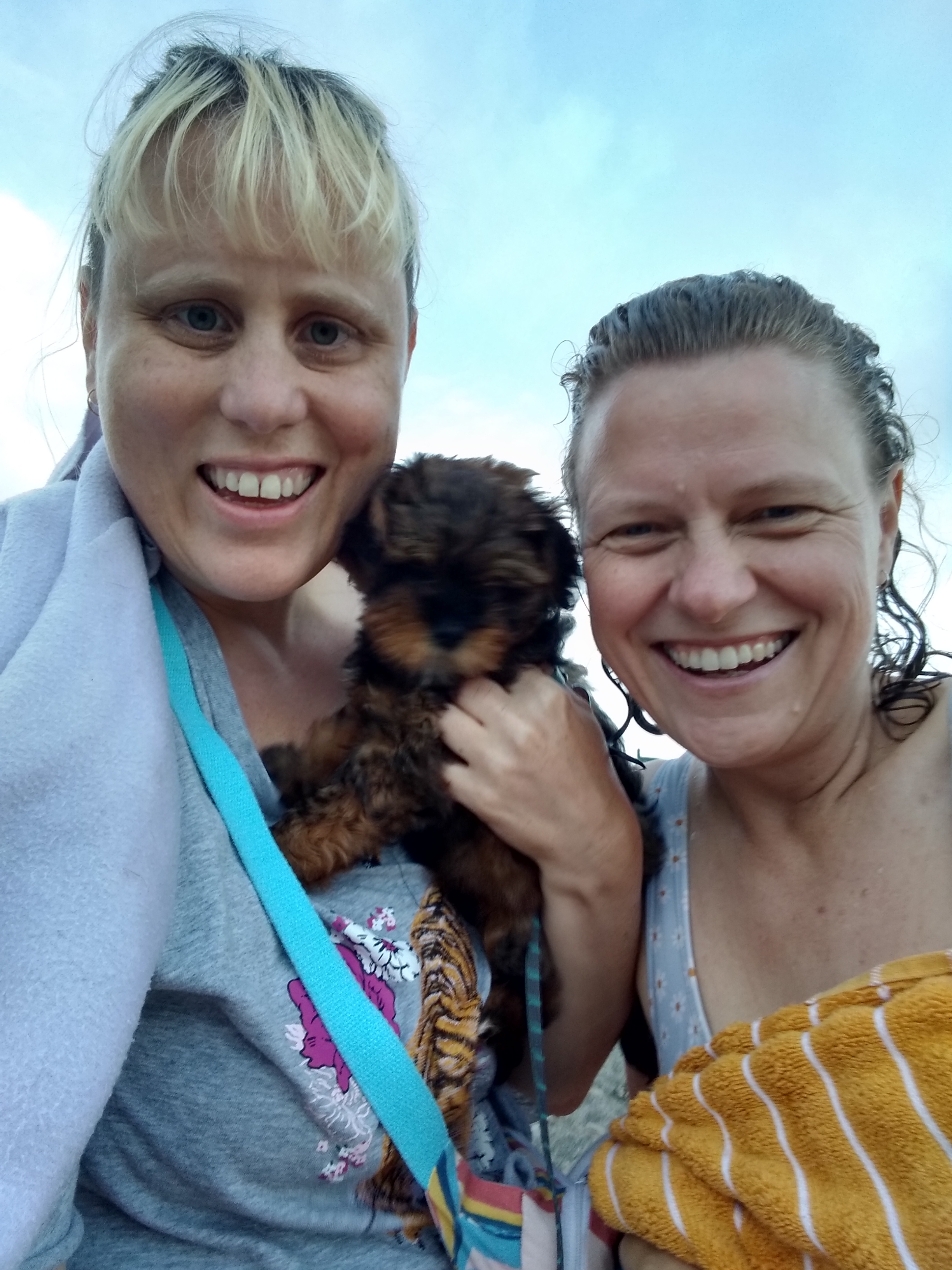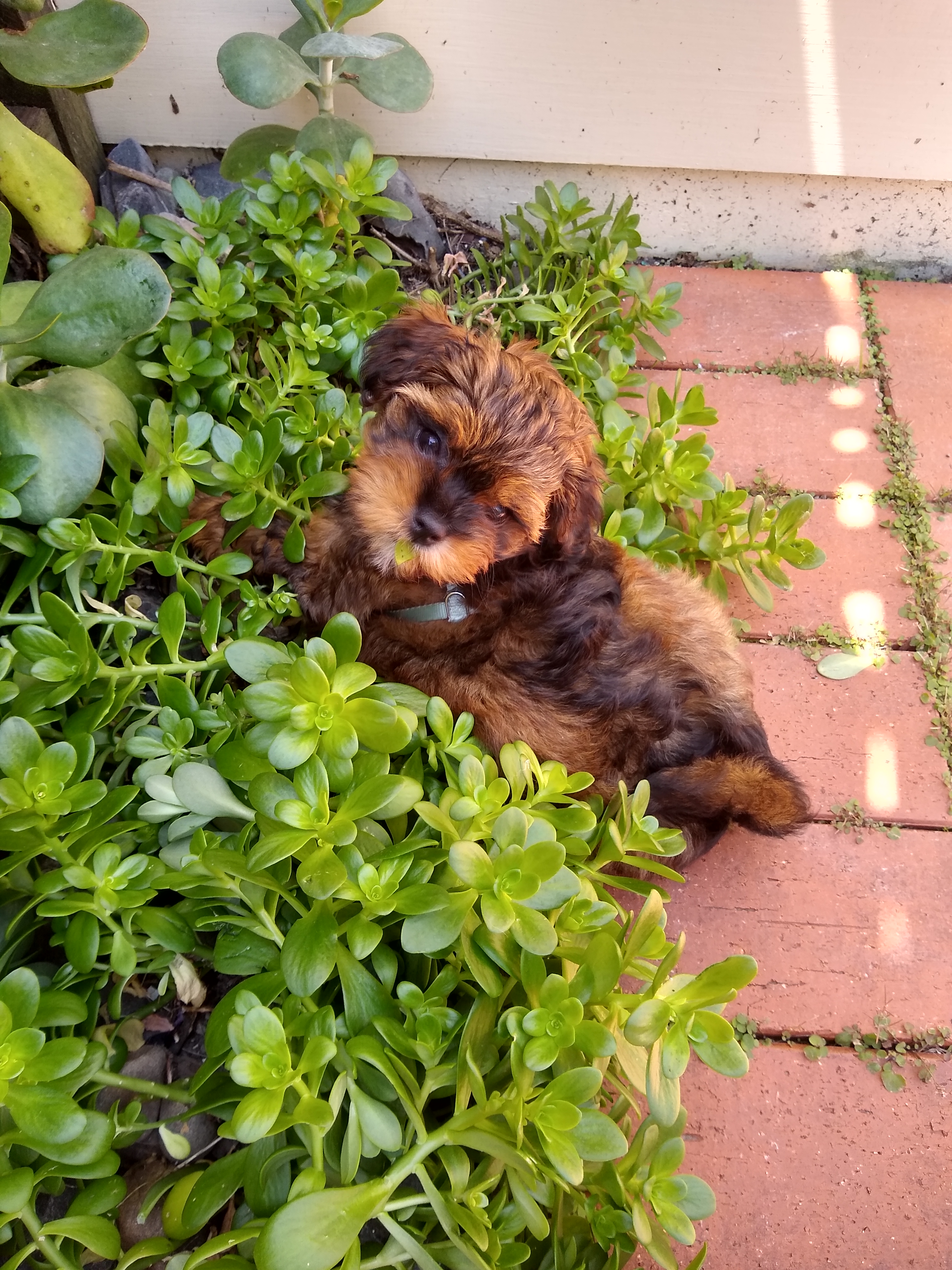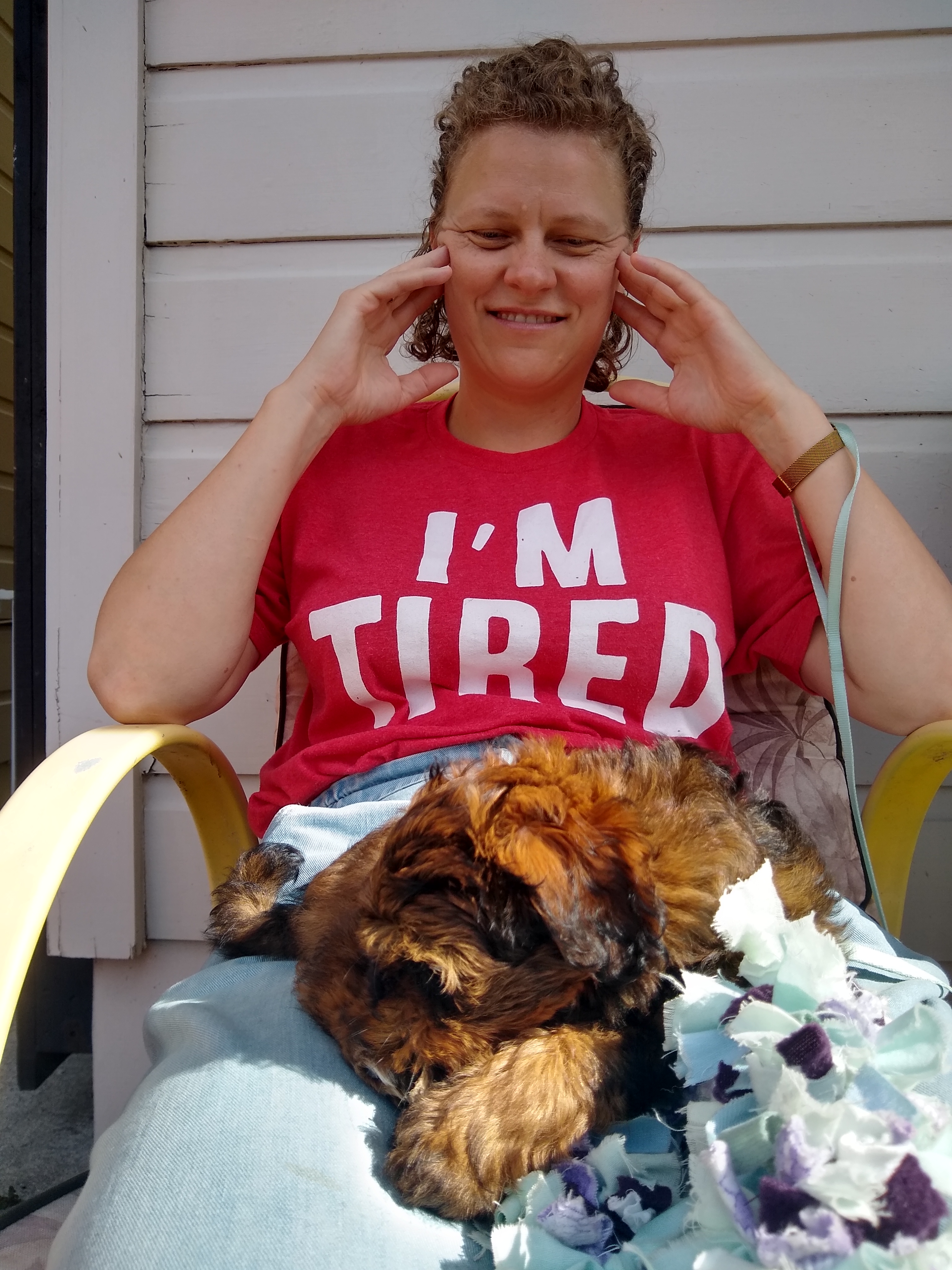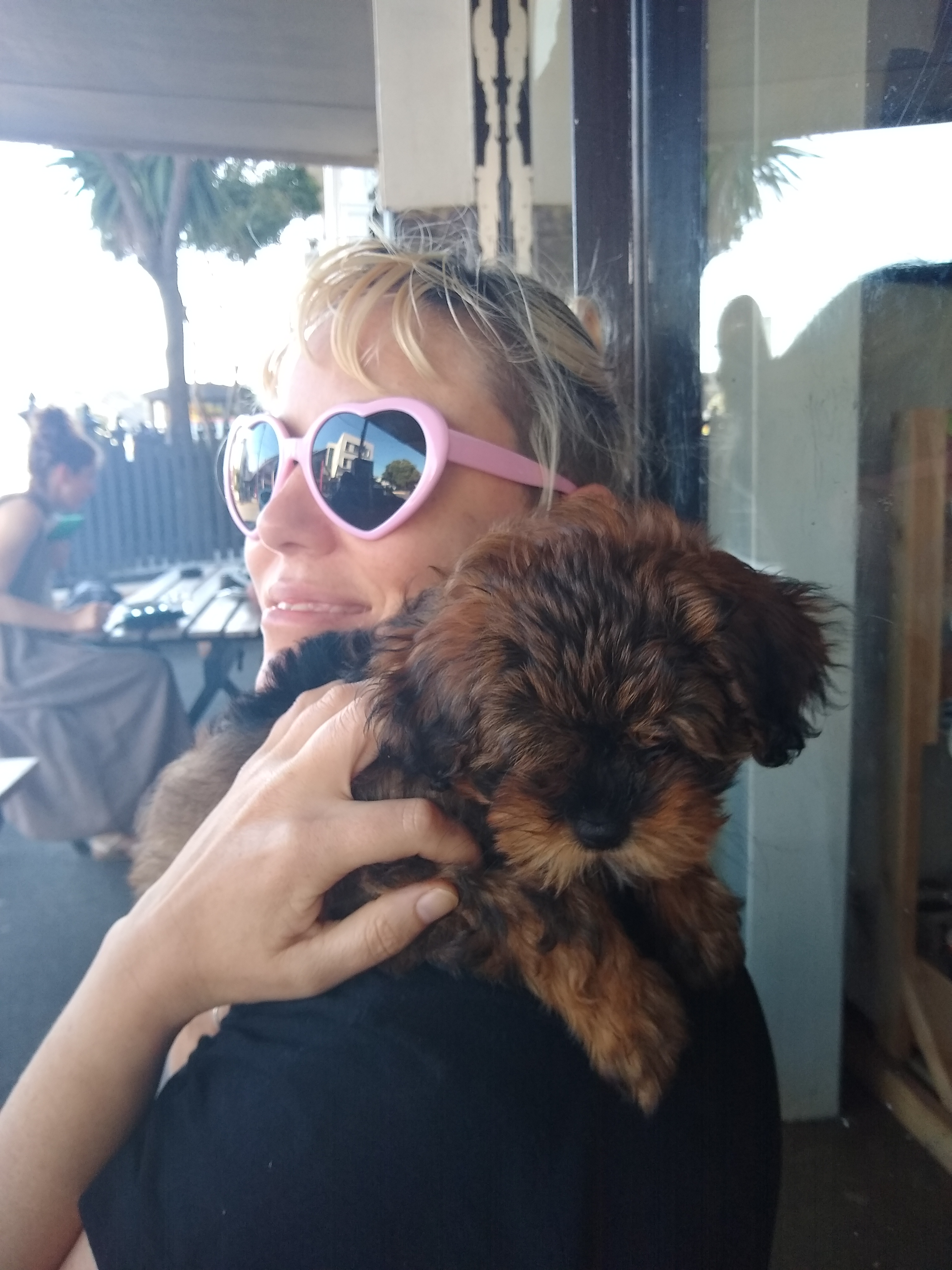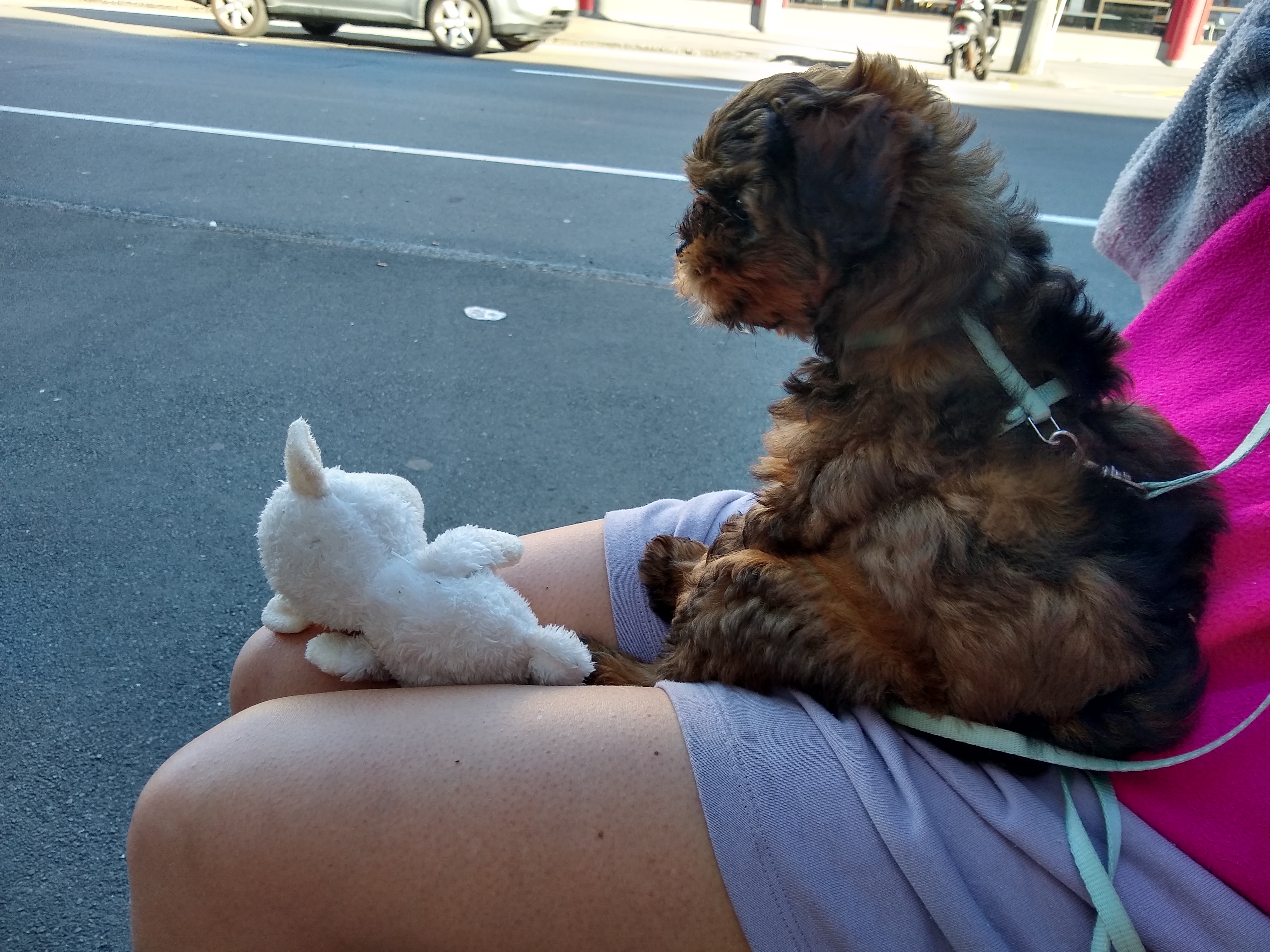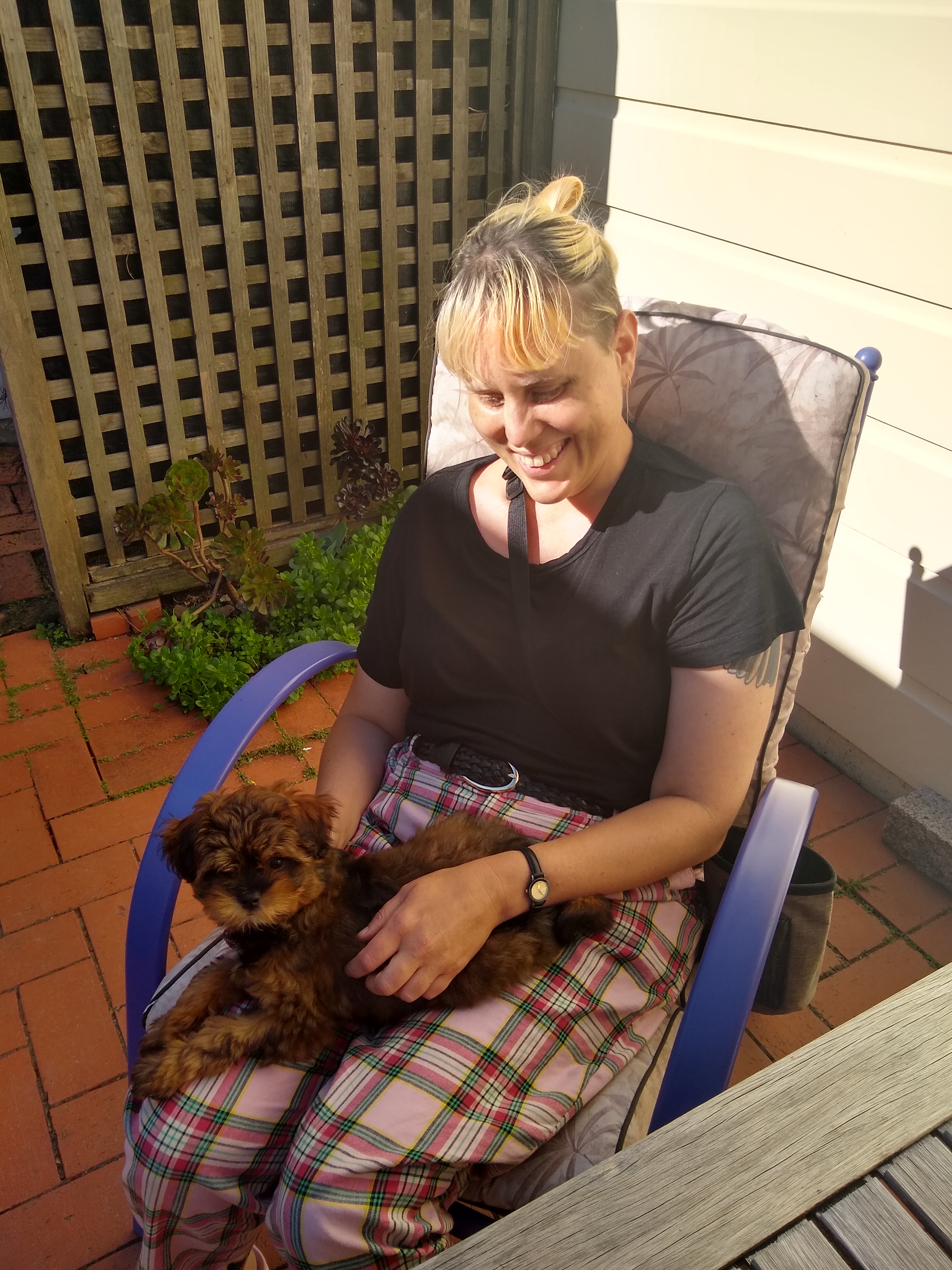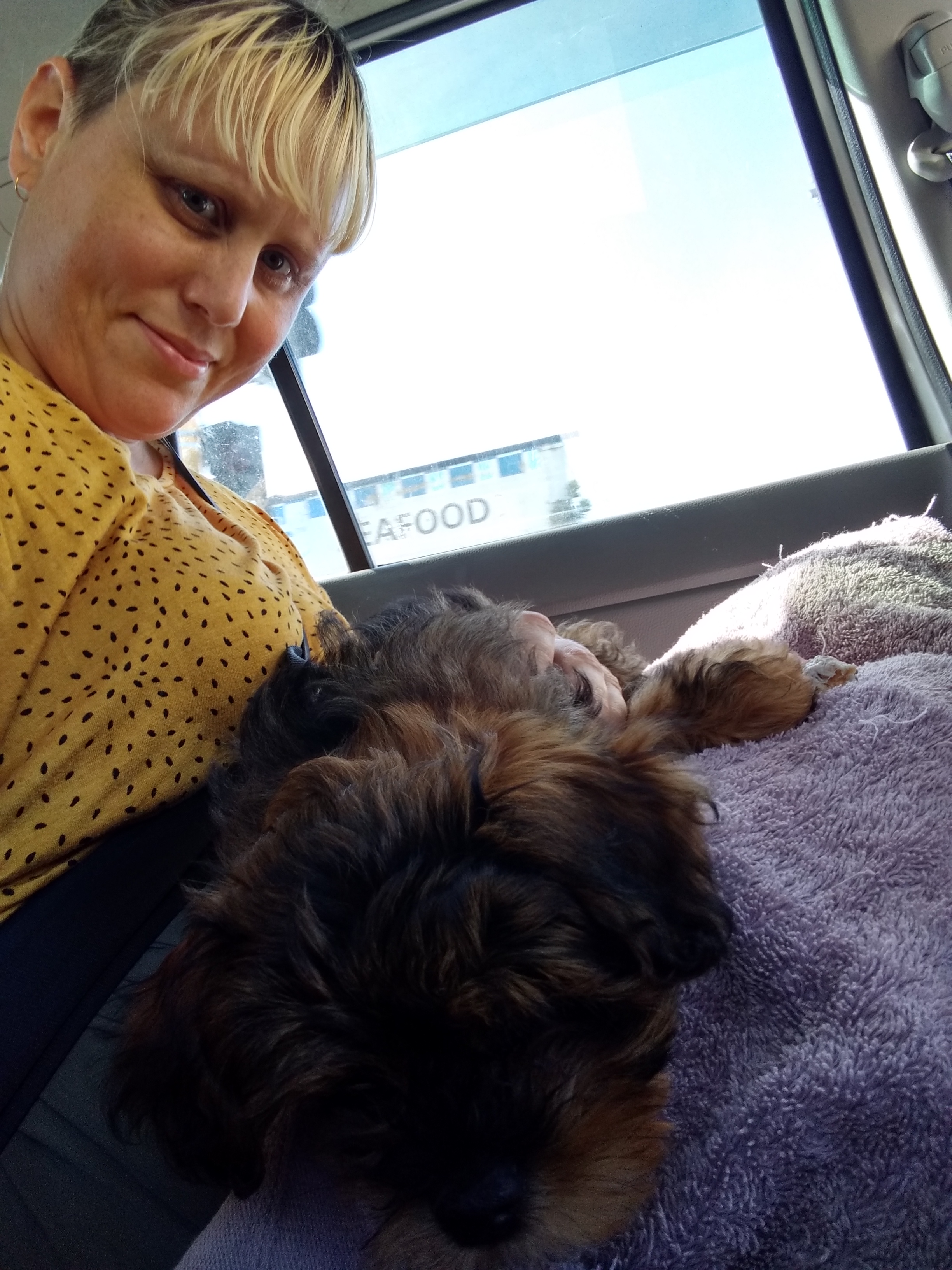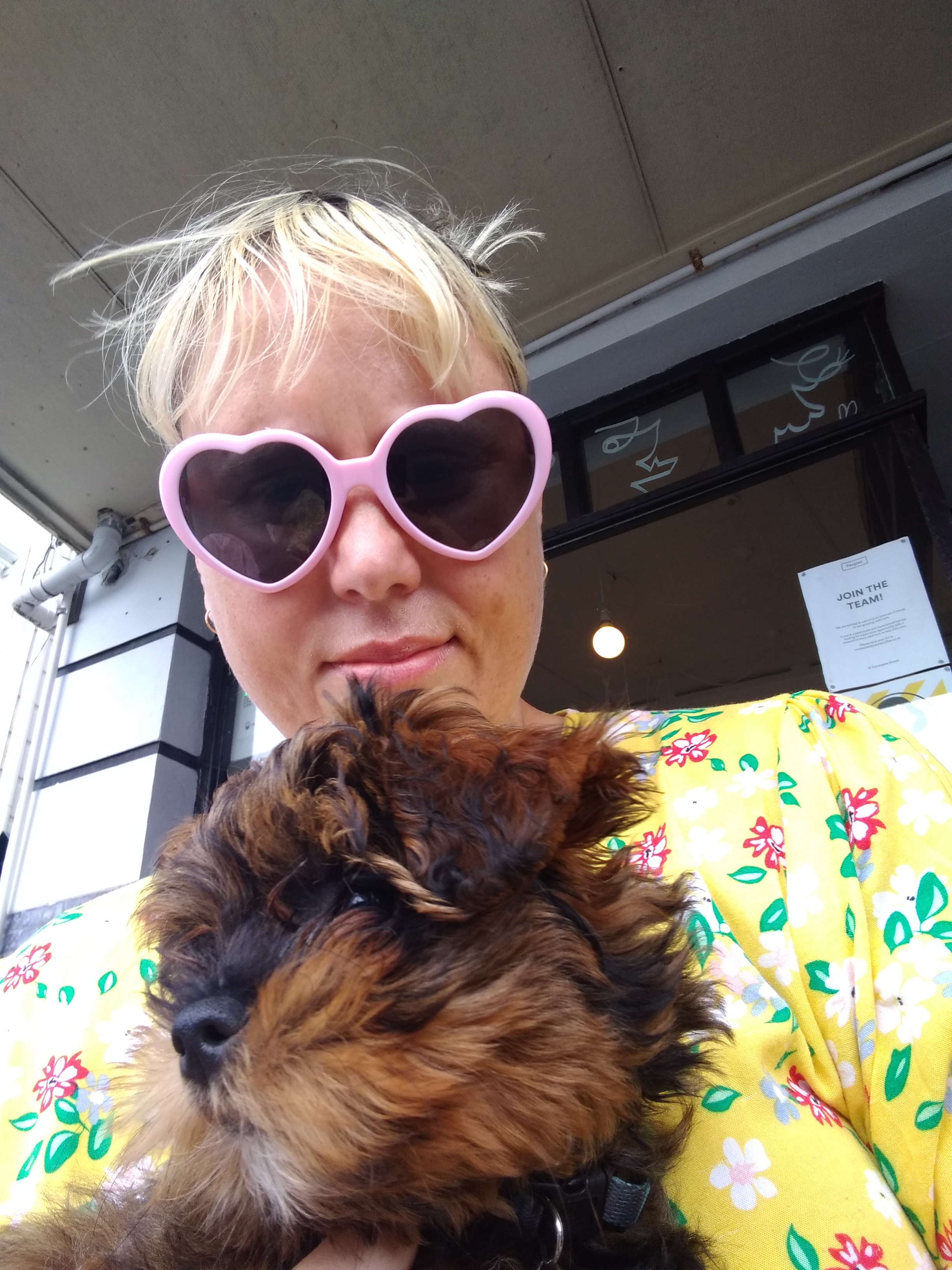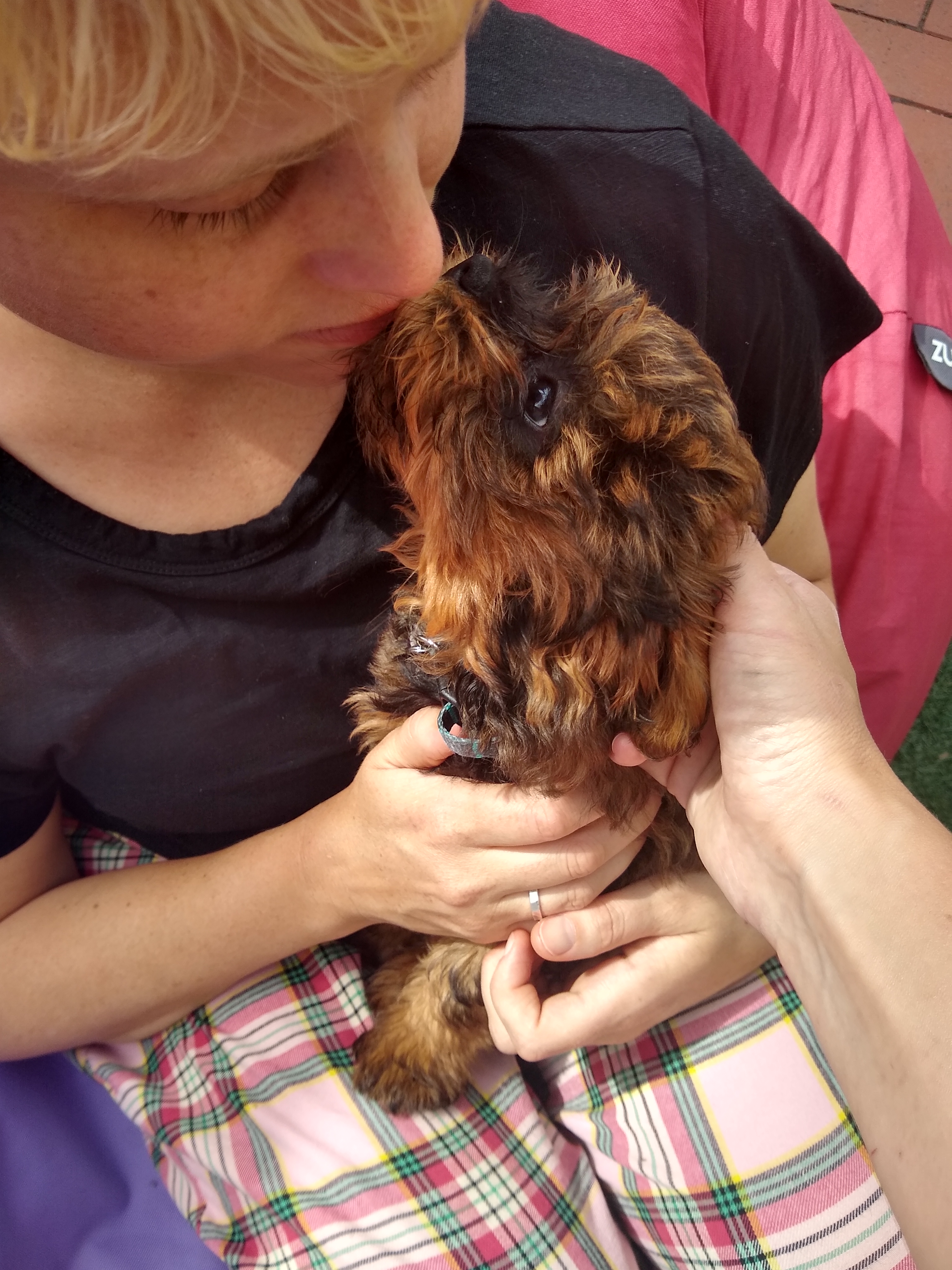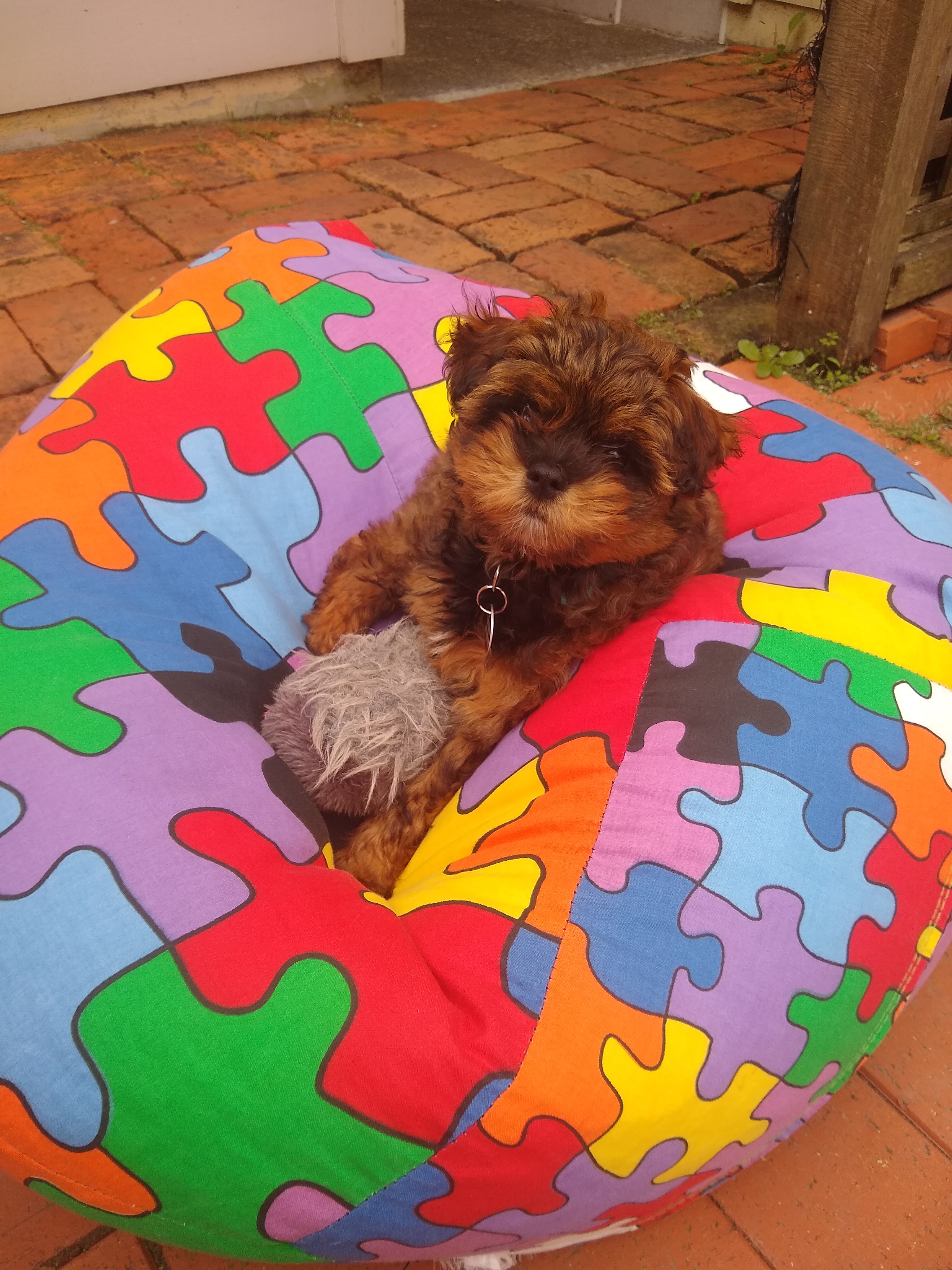Yesterday I threw everything I have in my bag of tricks at the pain and none of it worked. It’s rare that I can’t get some relief. Usually some combination of drugs, distraction, positioning, rest, meditating, icecream gets me through in a bearable level of comfort. Yesterday nothing touched the sides and it was all I could to lie there feeling it vibrate through me. No position would allow the pulsing in my hips, back, neck, shoulder, head to quiet. Sleep wouldn’t come. I scrolled into the wee hours, then into the less wee ones. The fearful, tearful hours. 3AM thoughts are never kind. They project monster shadows from under the bed. The future looks less like a life and more like an abstract smudge of pain, limitation, exclusion.
Fear is like petrol on a bonfire for pain. Our bodies naturally go into panic when pain is bad, that’s the point. It keeps us safe: Take your hand off the element, Get away from that jellyfish, Fix that broken bone. Do something. Fight or flight or freeze or fawn.
Chronic pain is counterintuitive. The fear response hypes up our amygdala. The adrenaline and projections of catastrophe increase the volume on the warning signals. The pain gets worse. We move less because it hurts more. We avoid things and our bodies learn again that those things are dangerous. It hurts more the next time we try. The cycle is vicious and has sharp teeth. Or we push through, put on a mask, cling to the things that give us life. Show up at the party, get in the sea, go to work. Crash, hard, out of sight. Cry. Medicate, in every way we can think of.
Today is all puffy eyes and wheatbags. The blessing of a new cycle of anti-inflammatories. Soft pink things. Trash tv and kindnesses from friends. More icecream, probably. Get through another day. Try not to let my fear tell my fortune.

